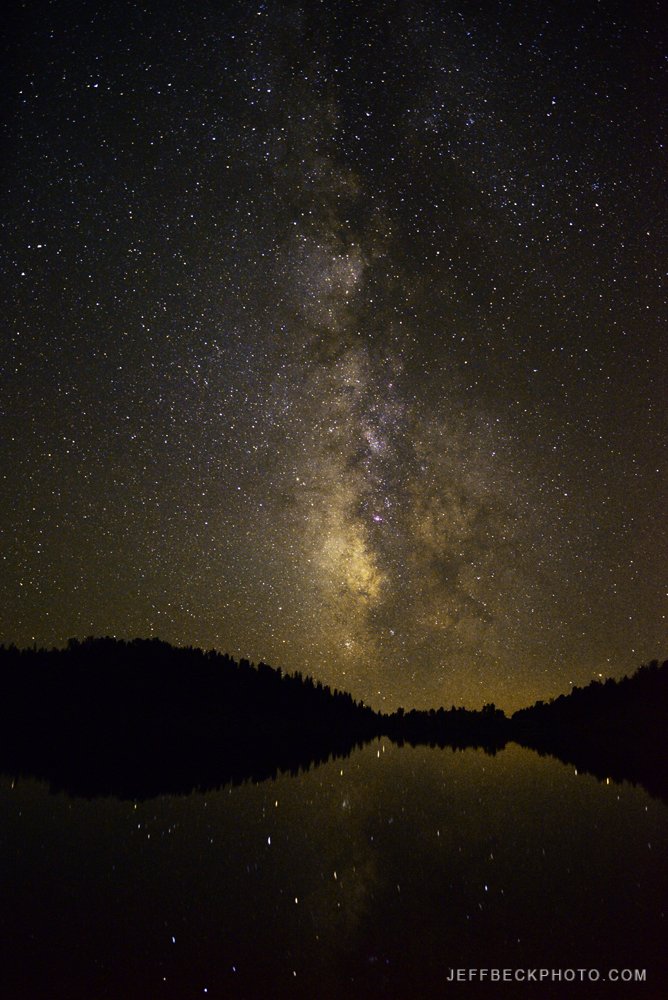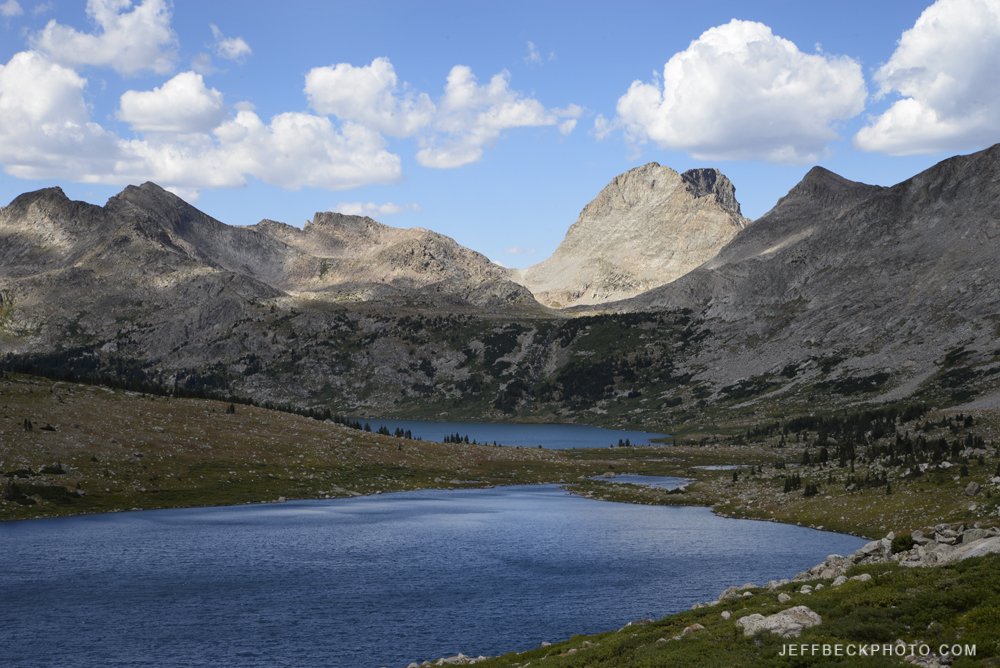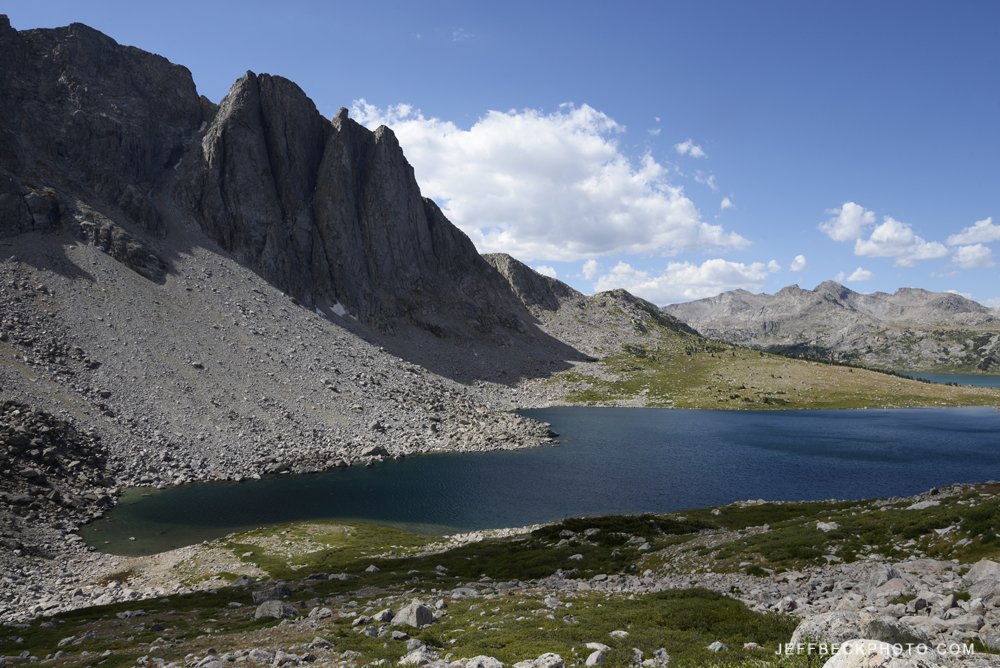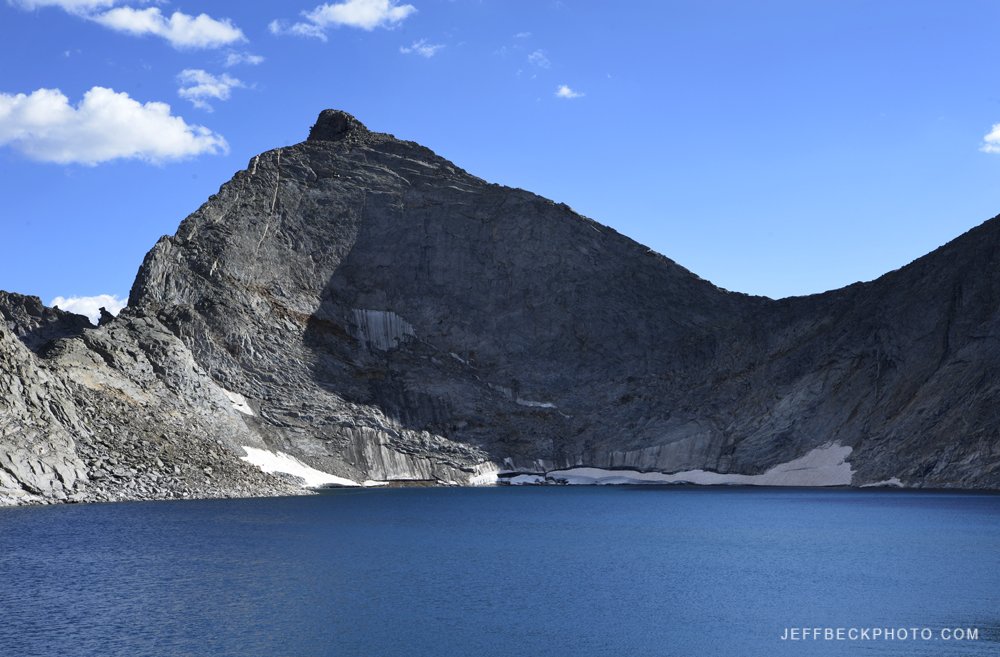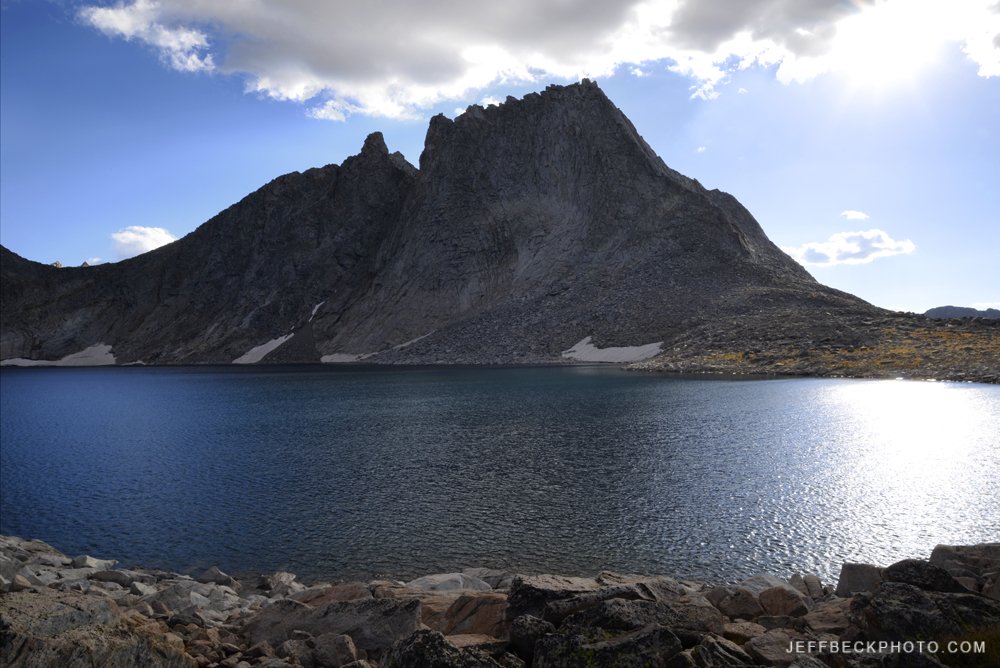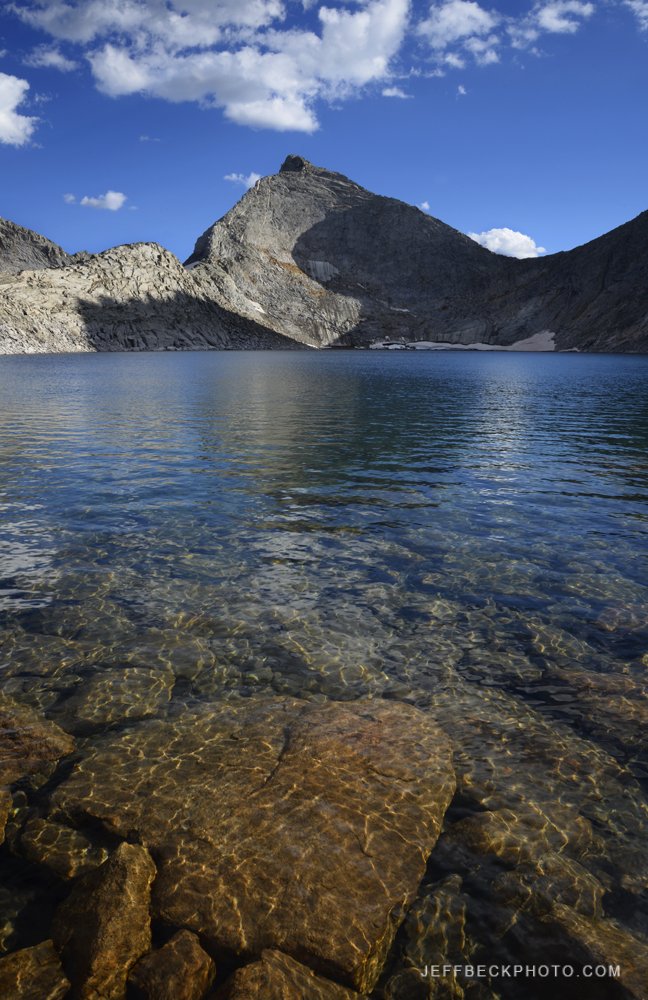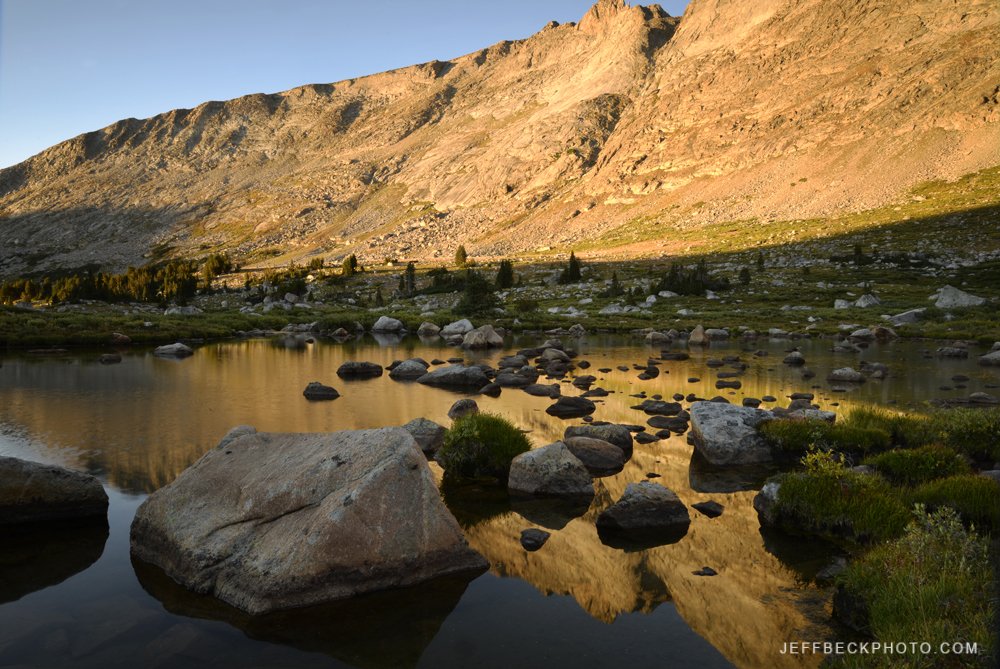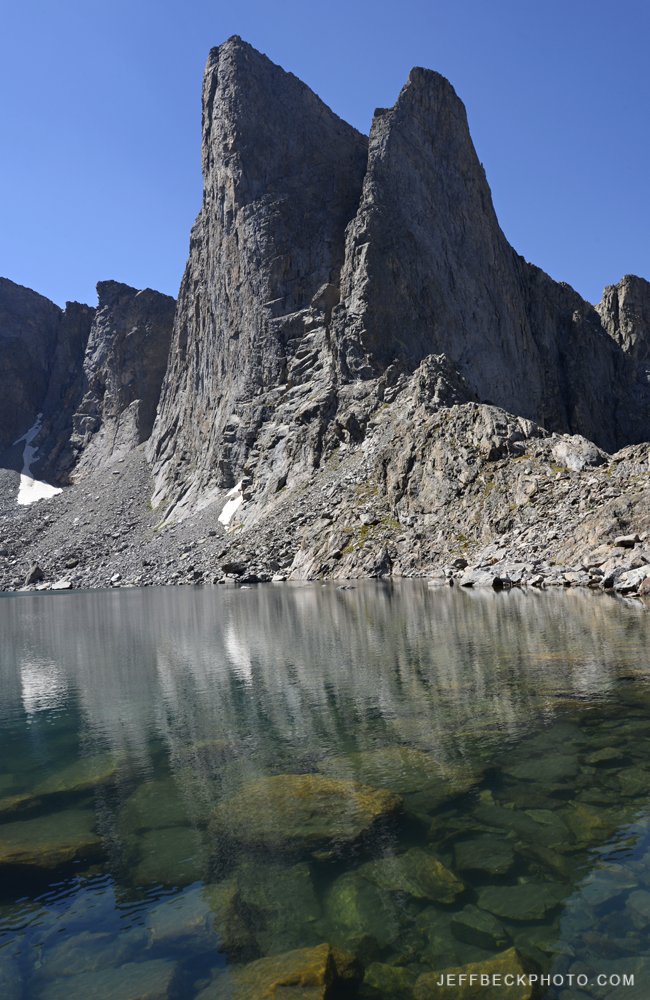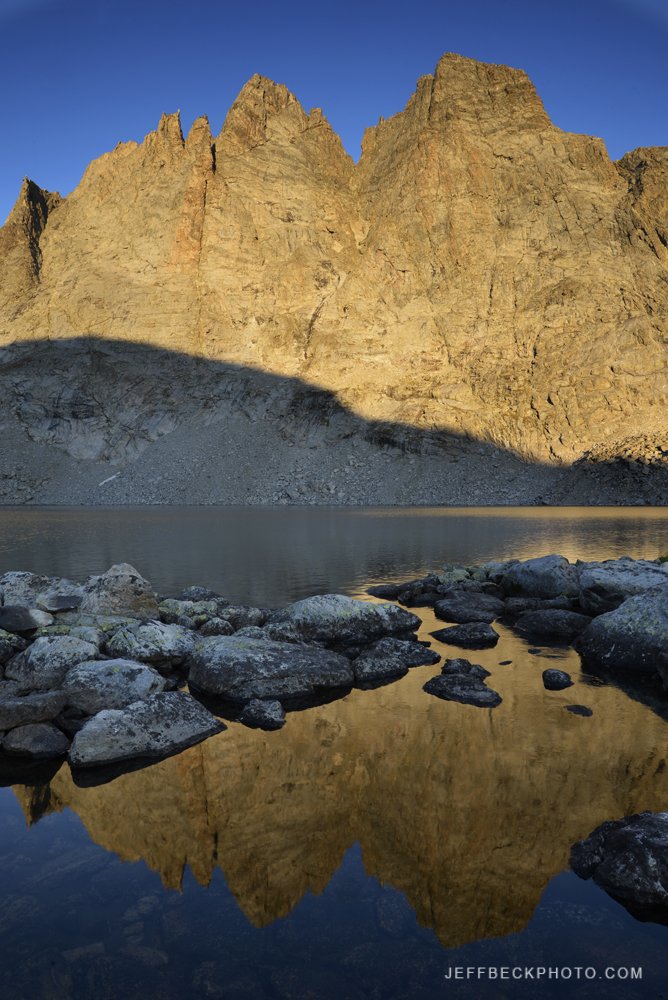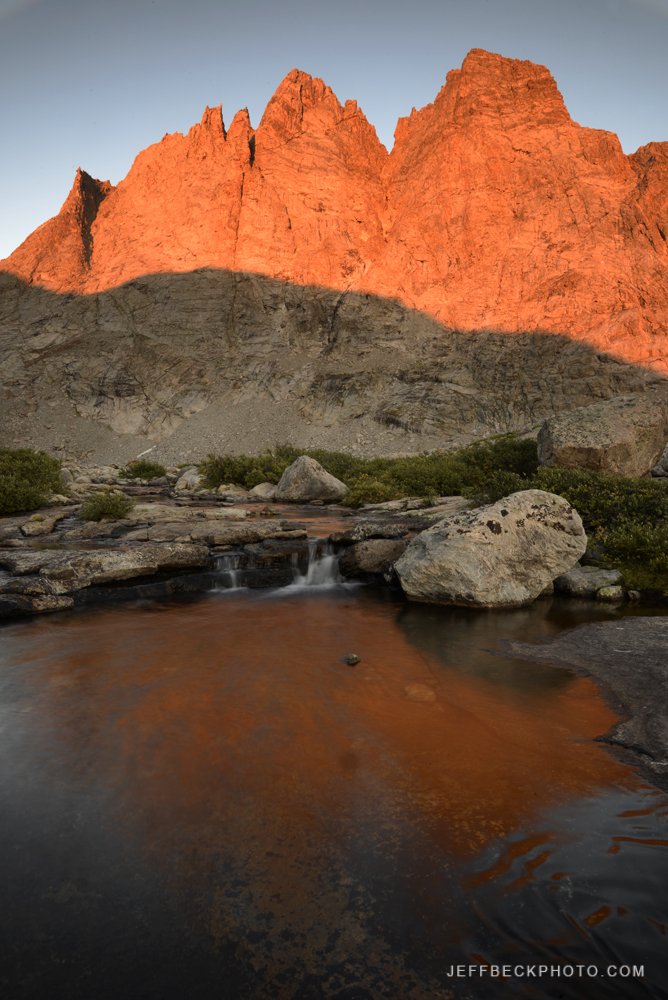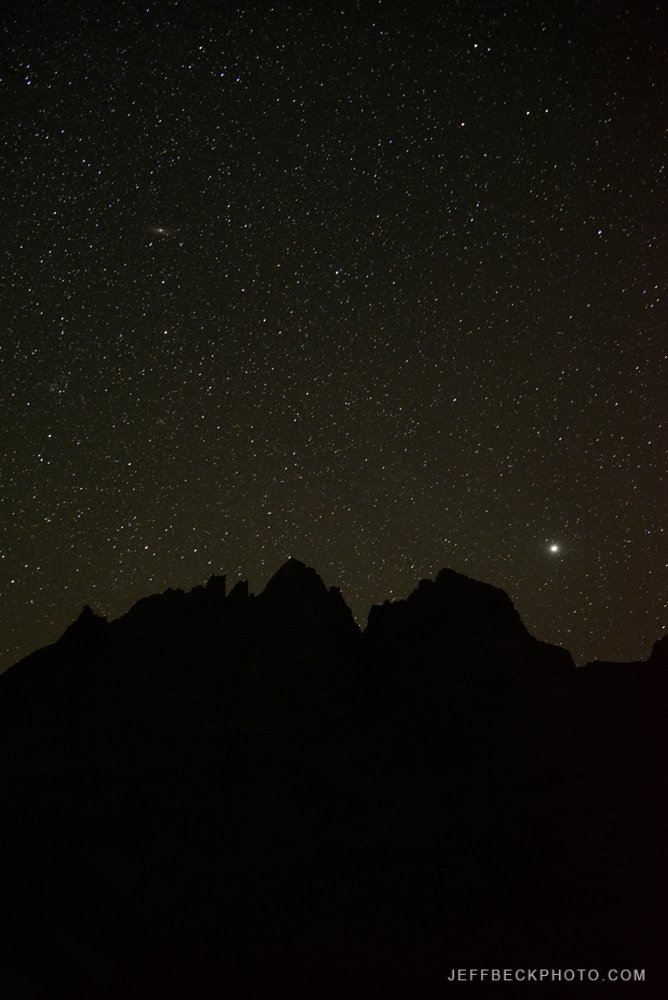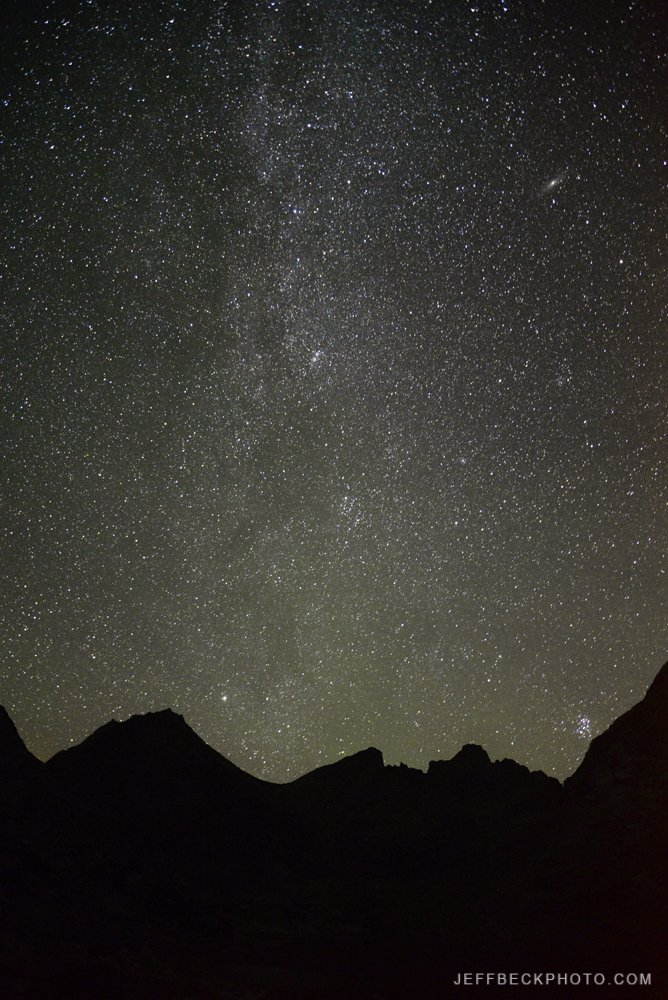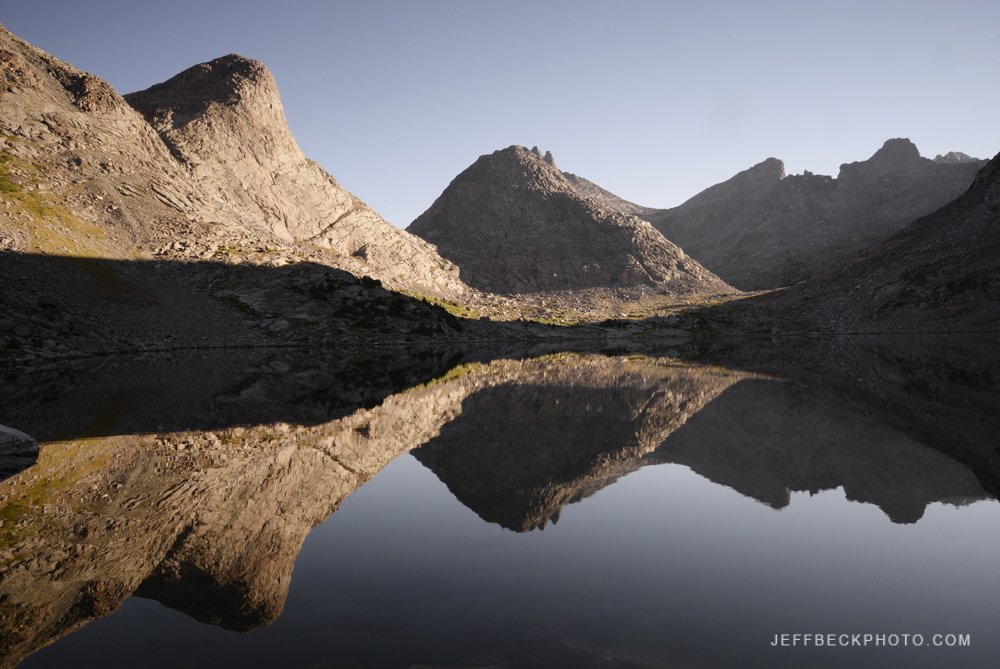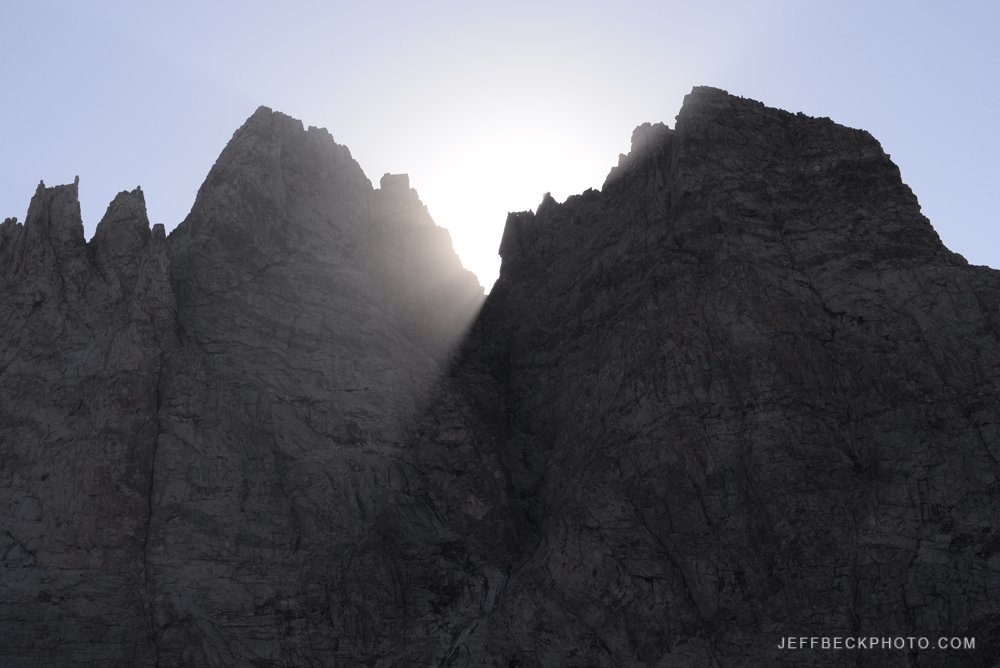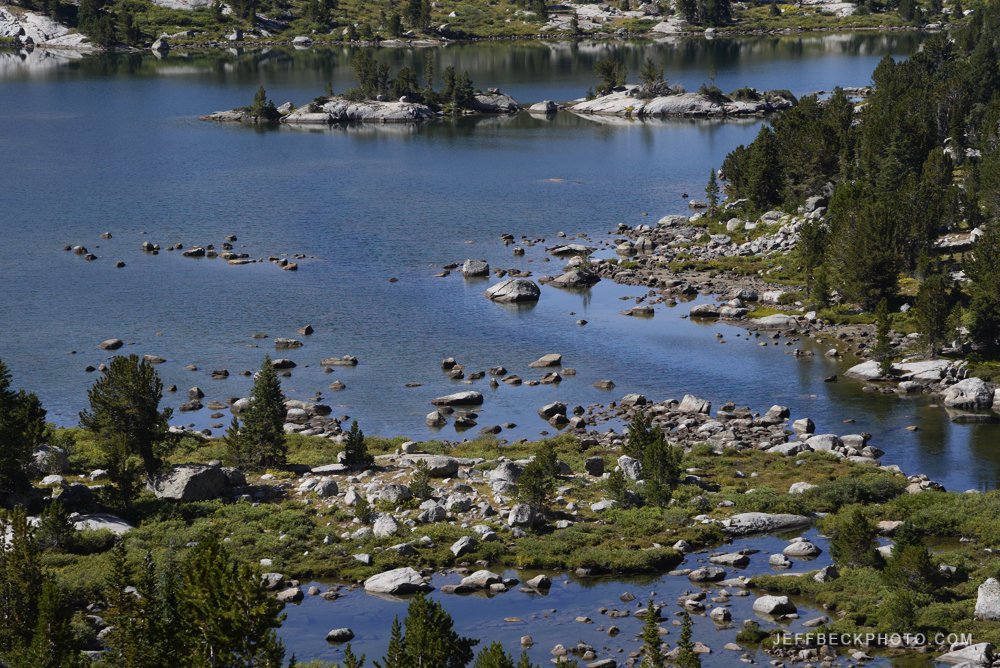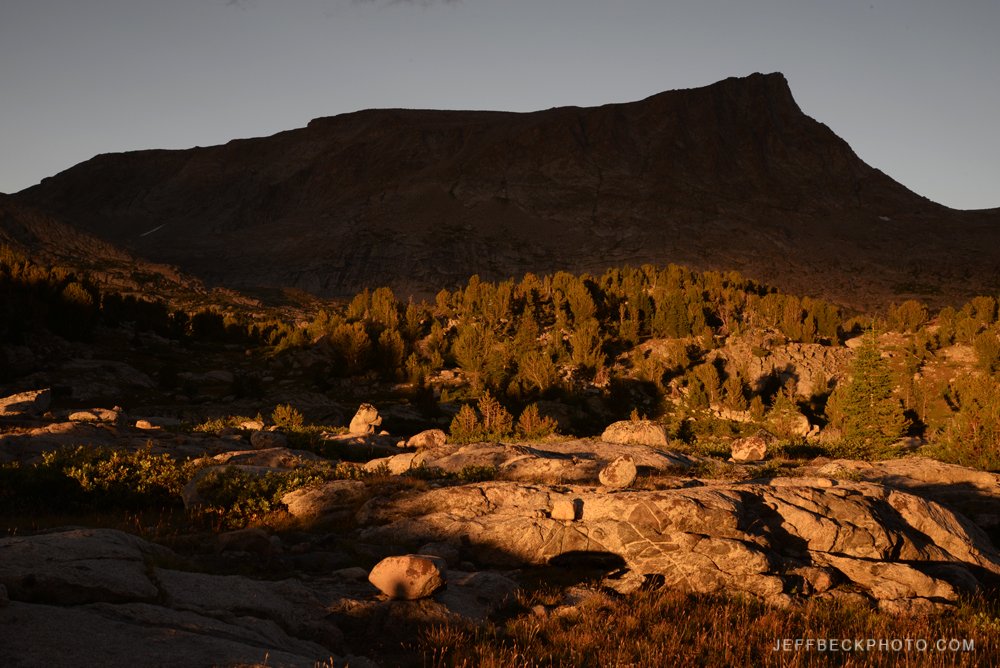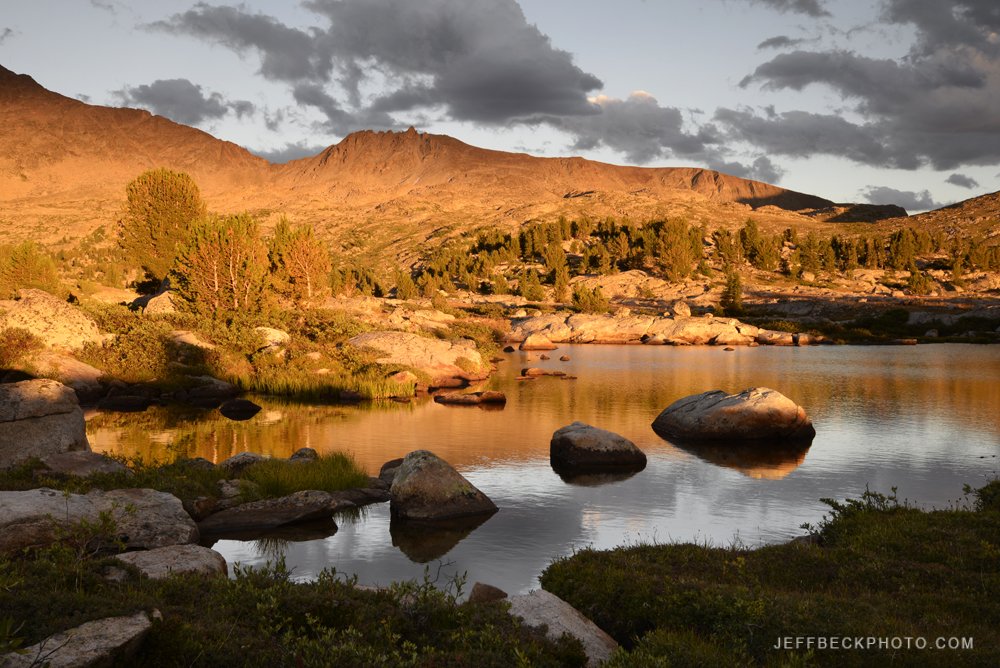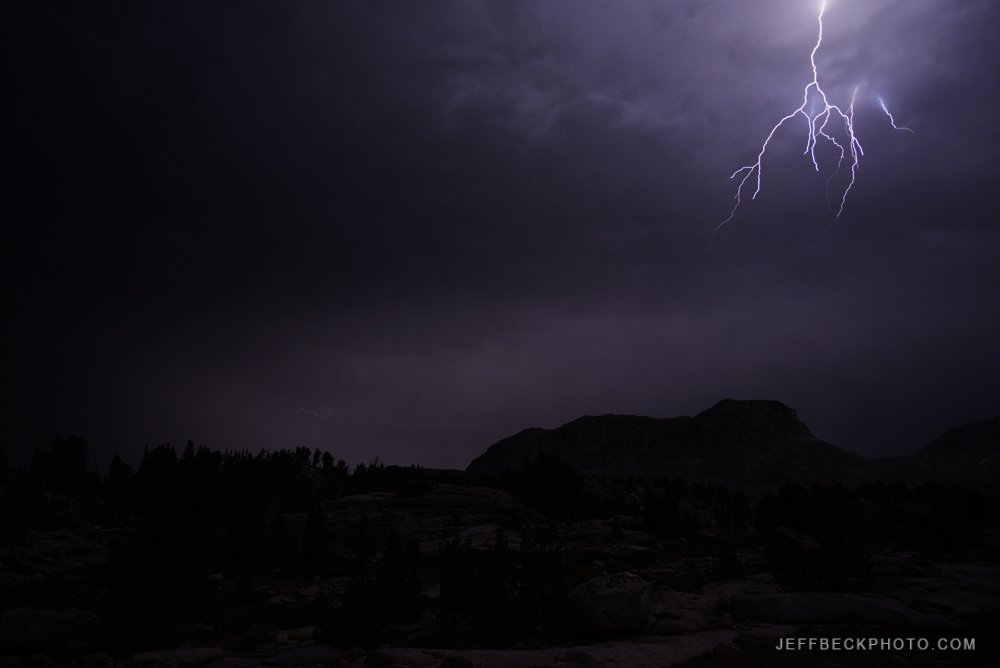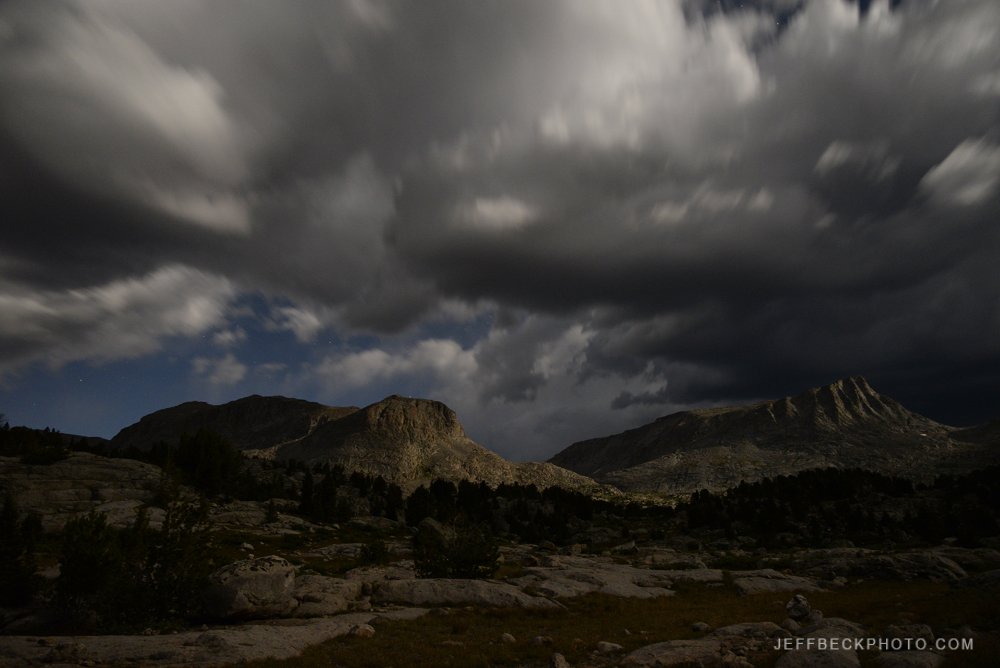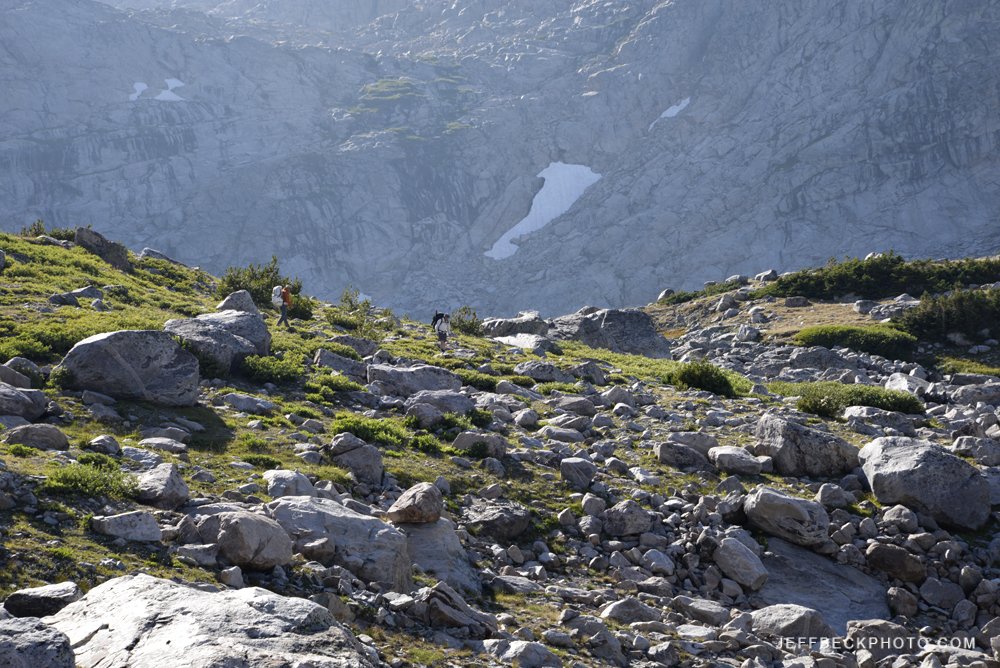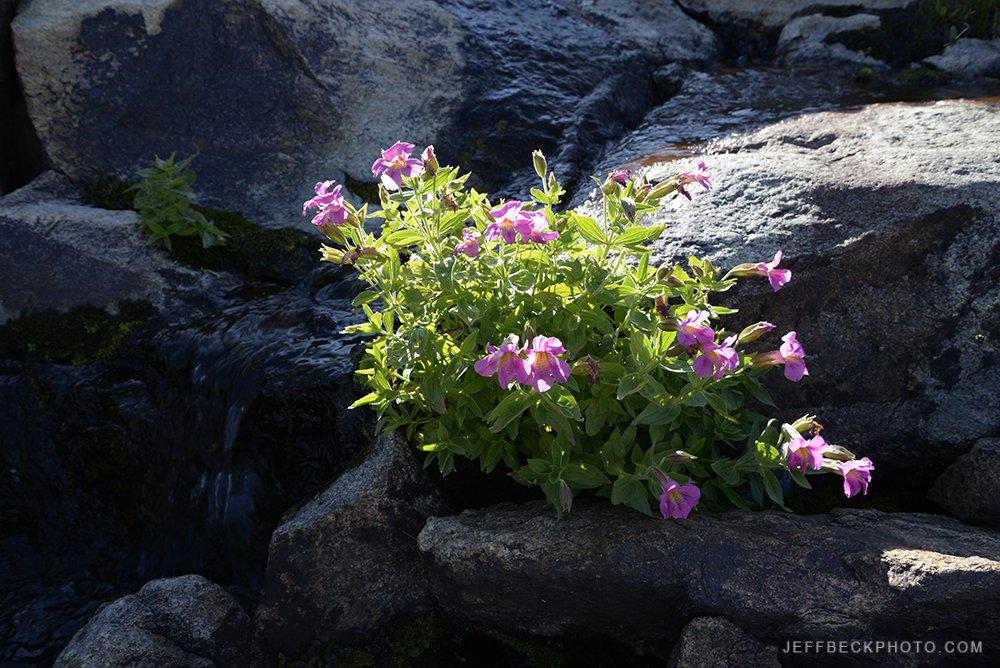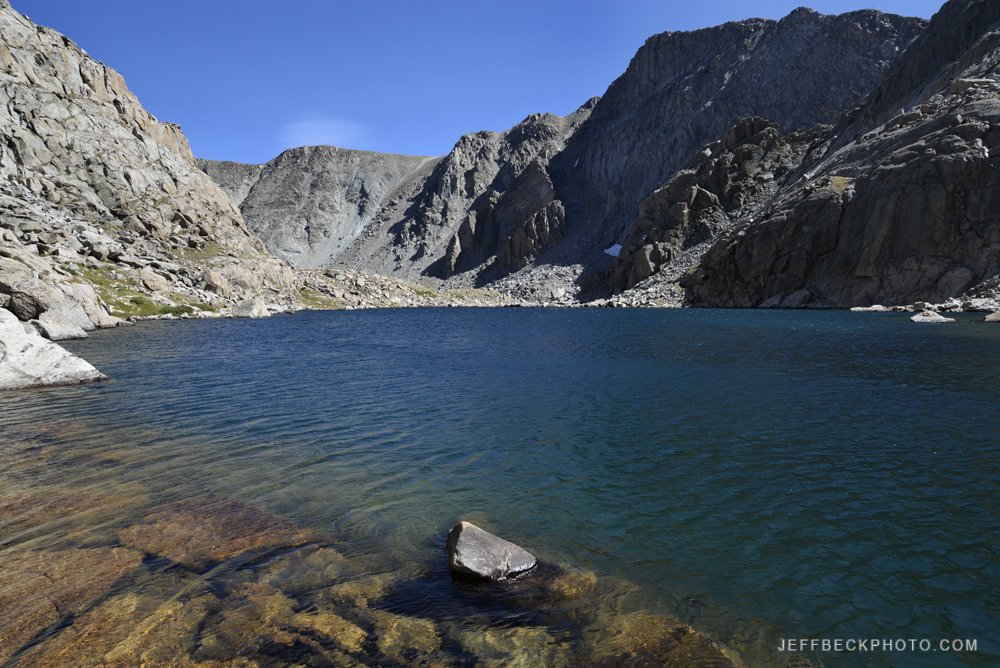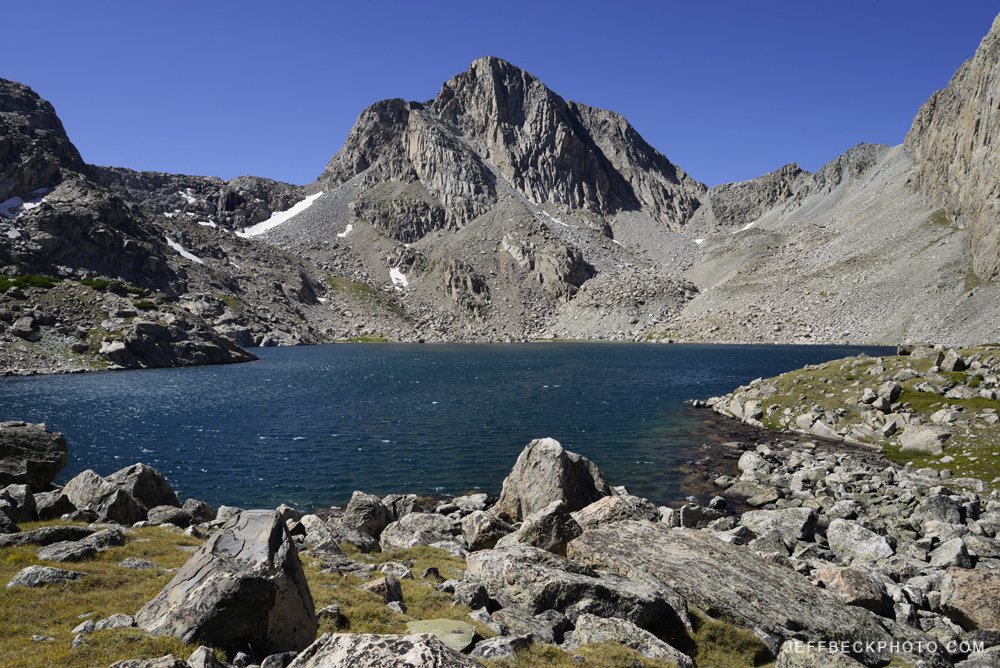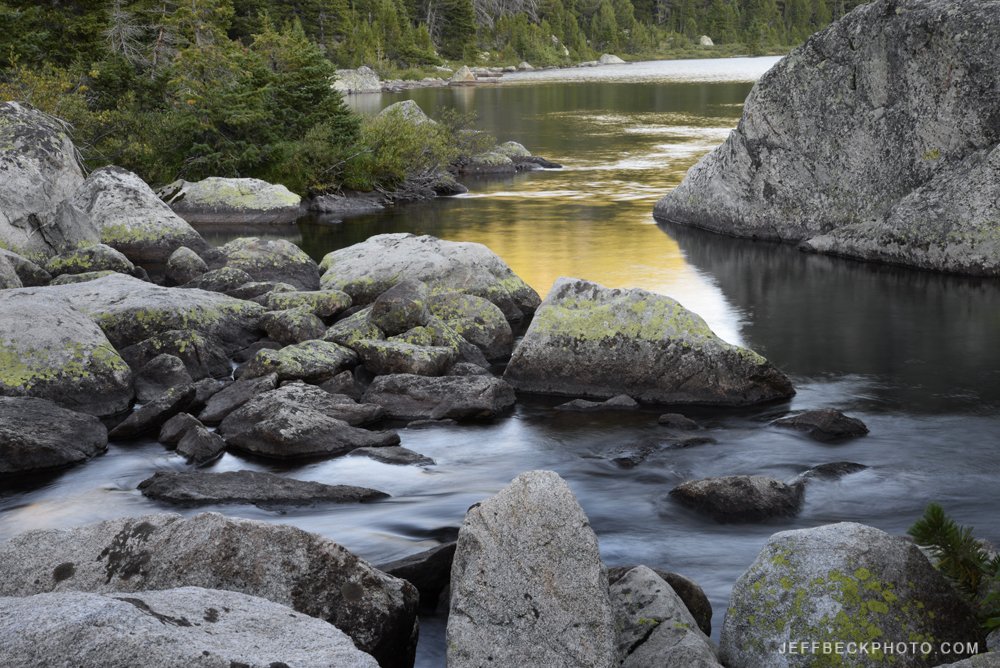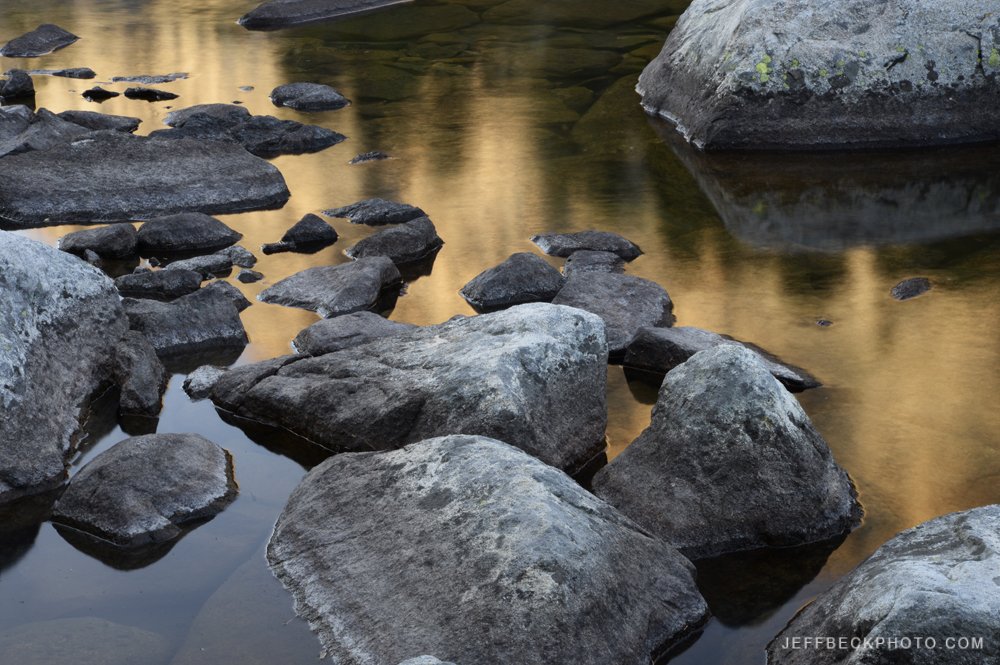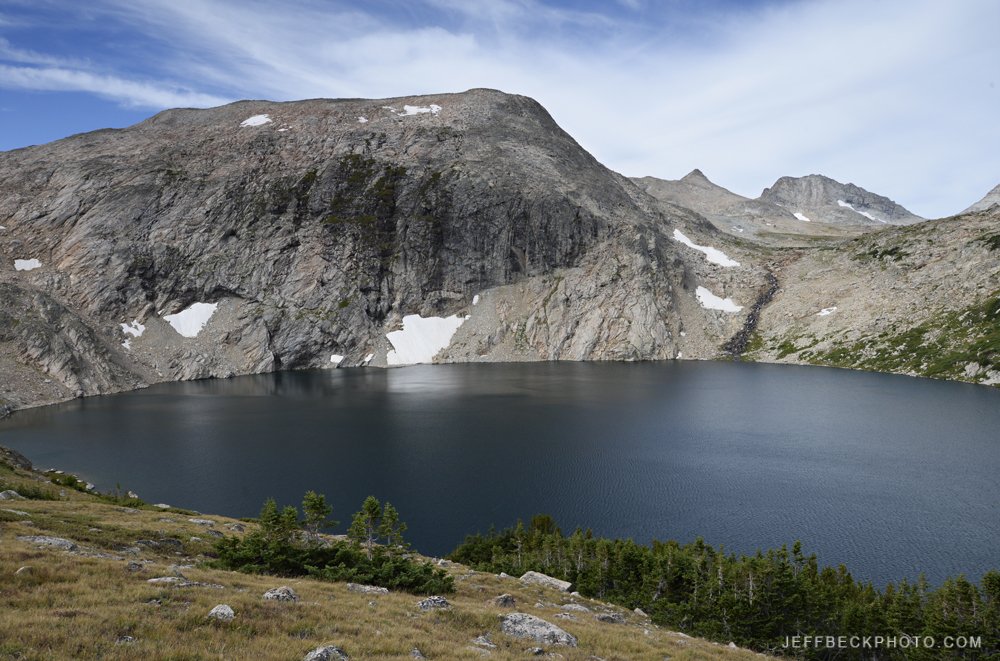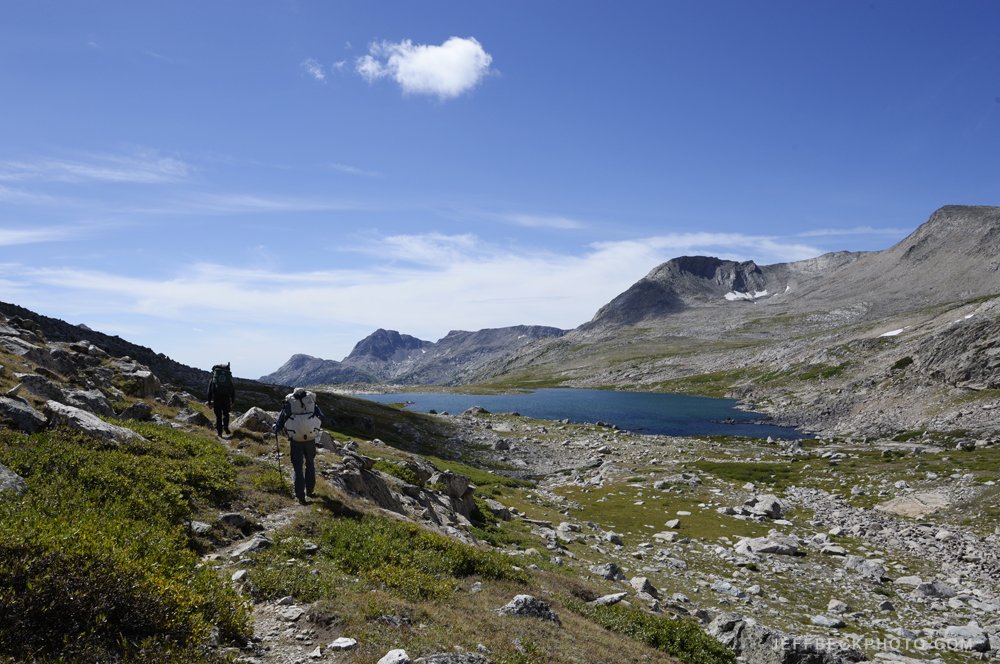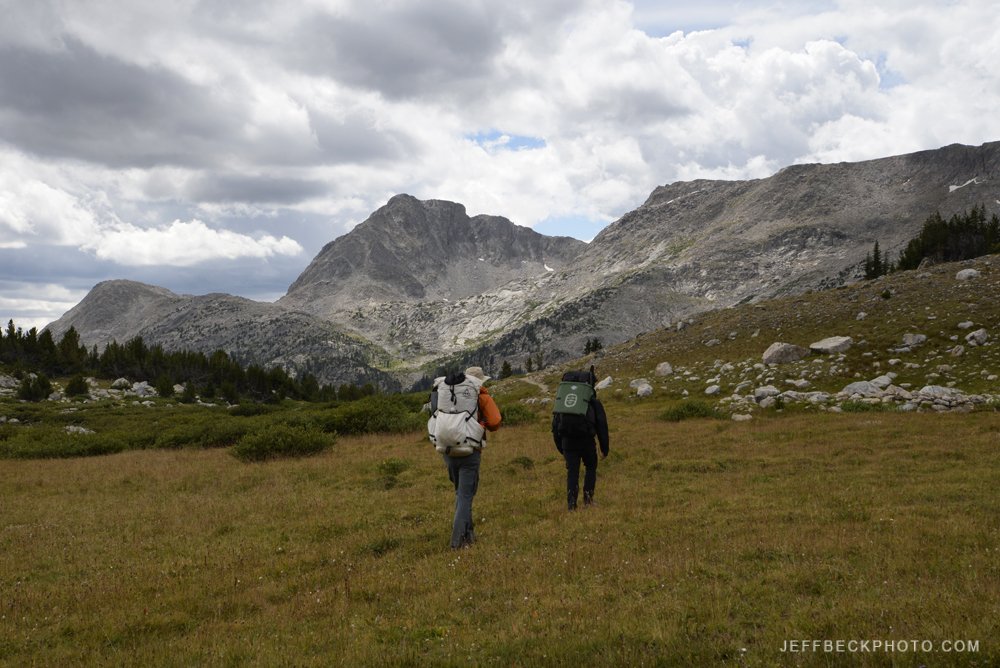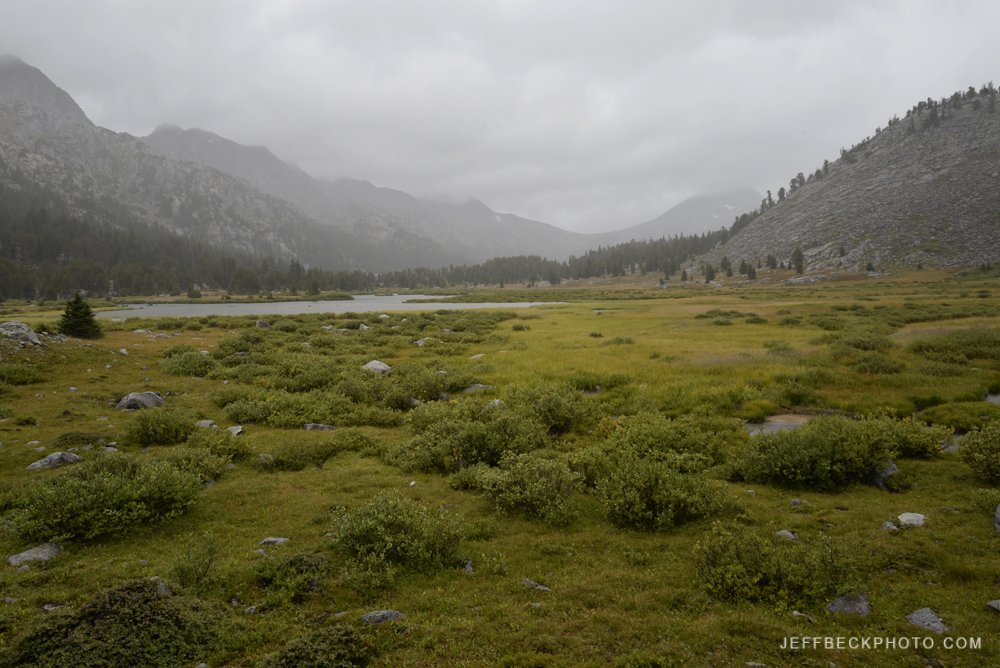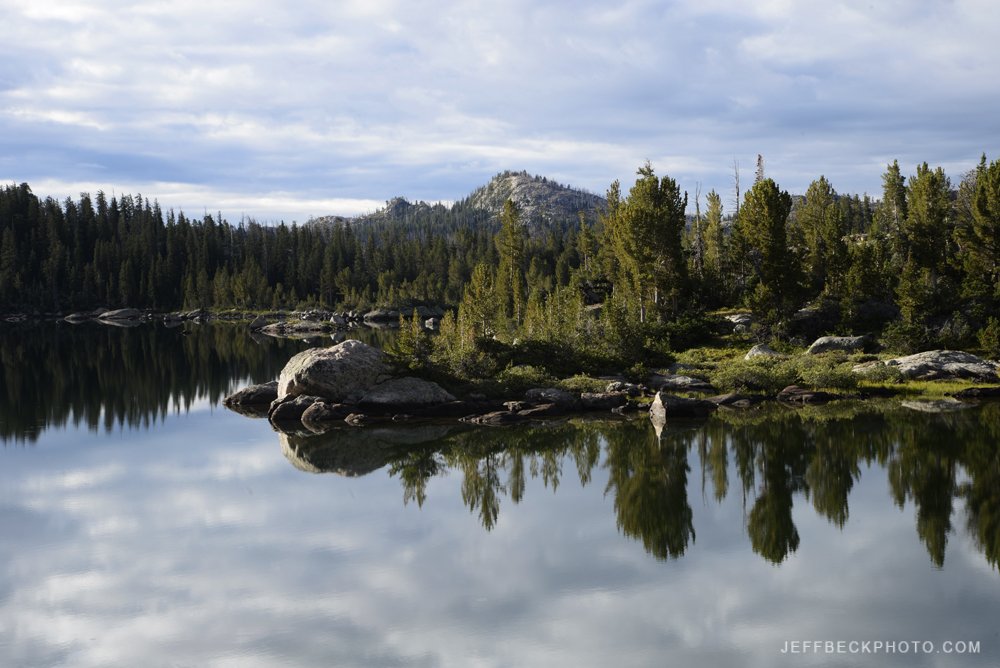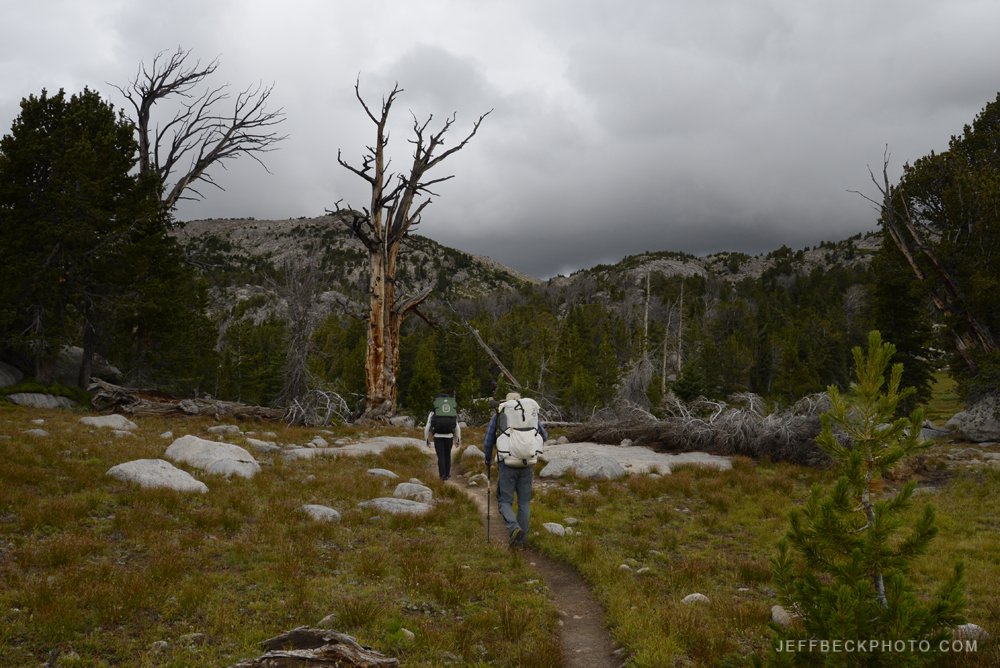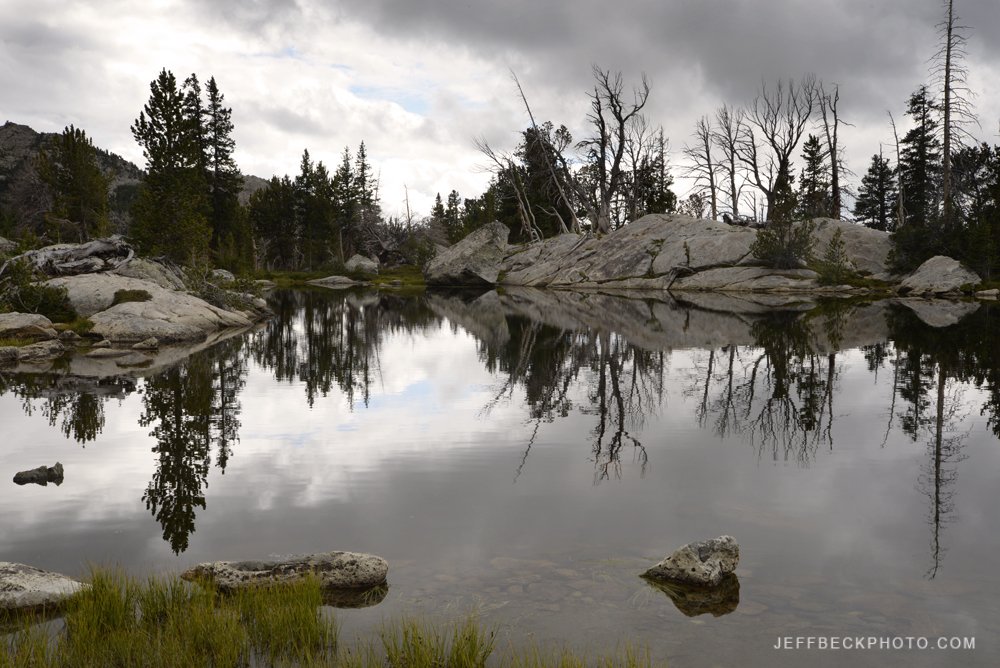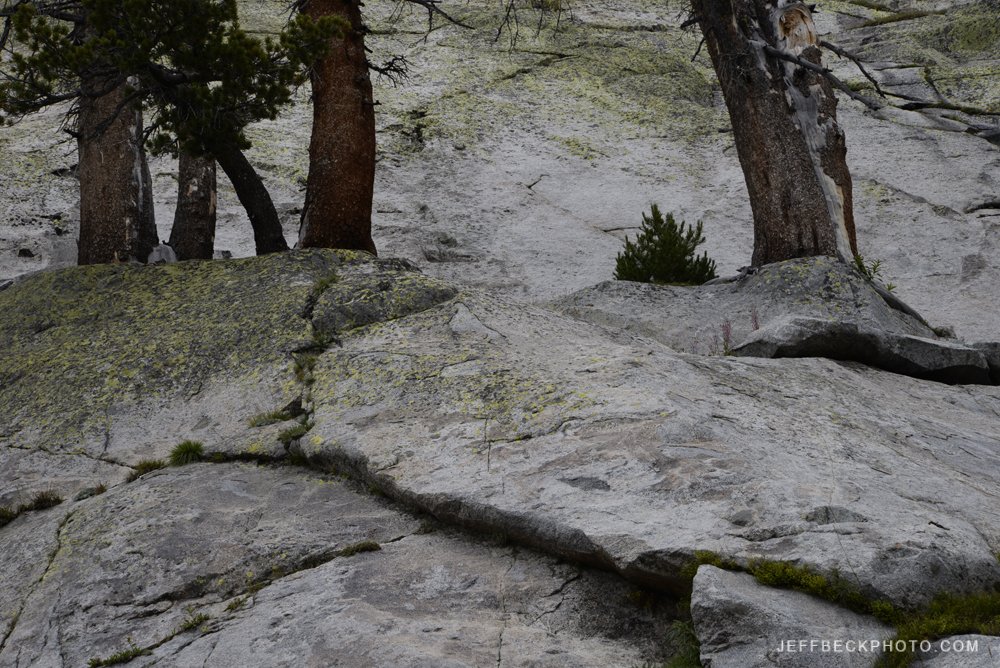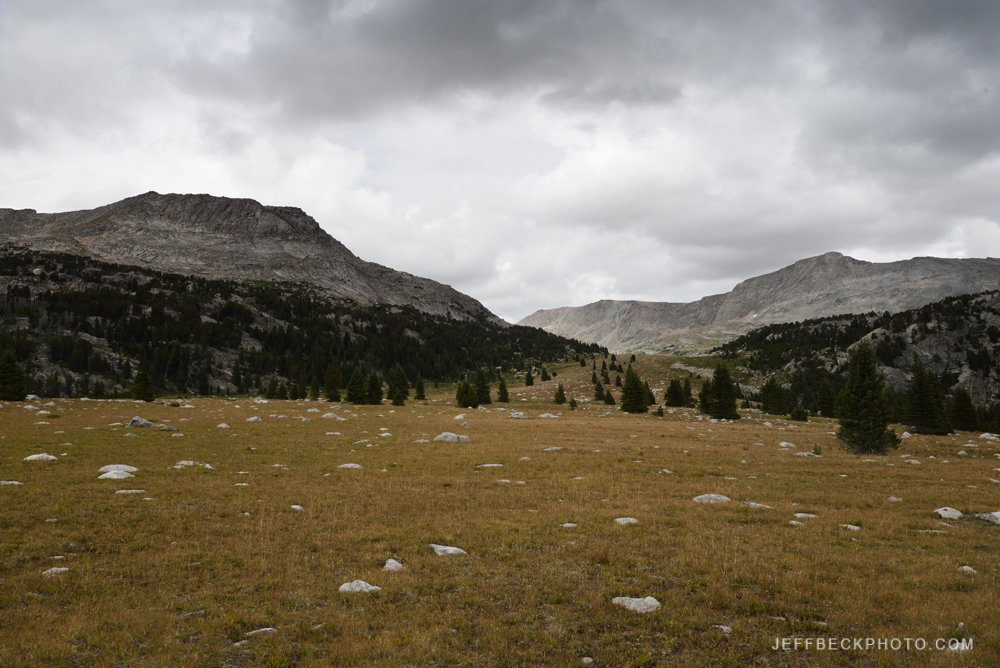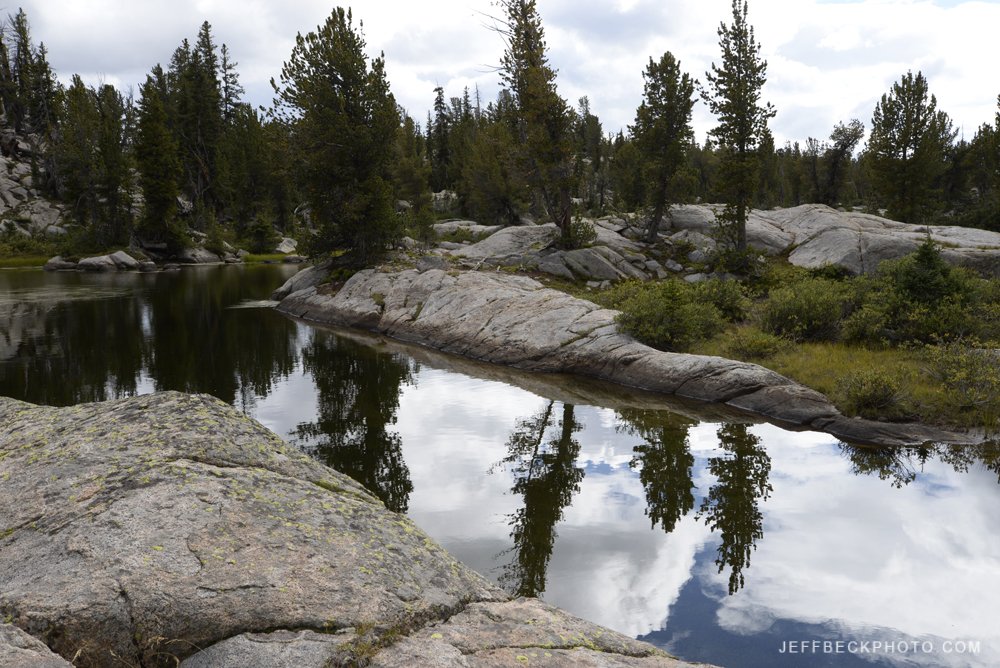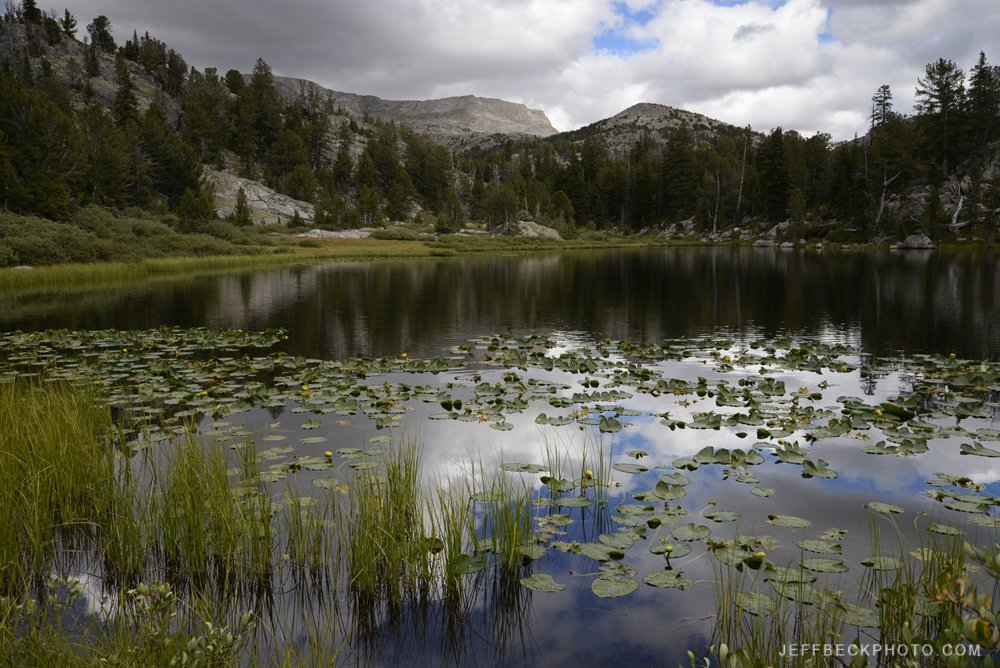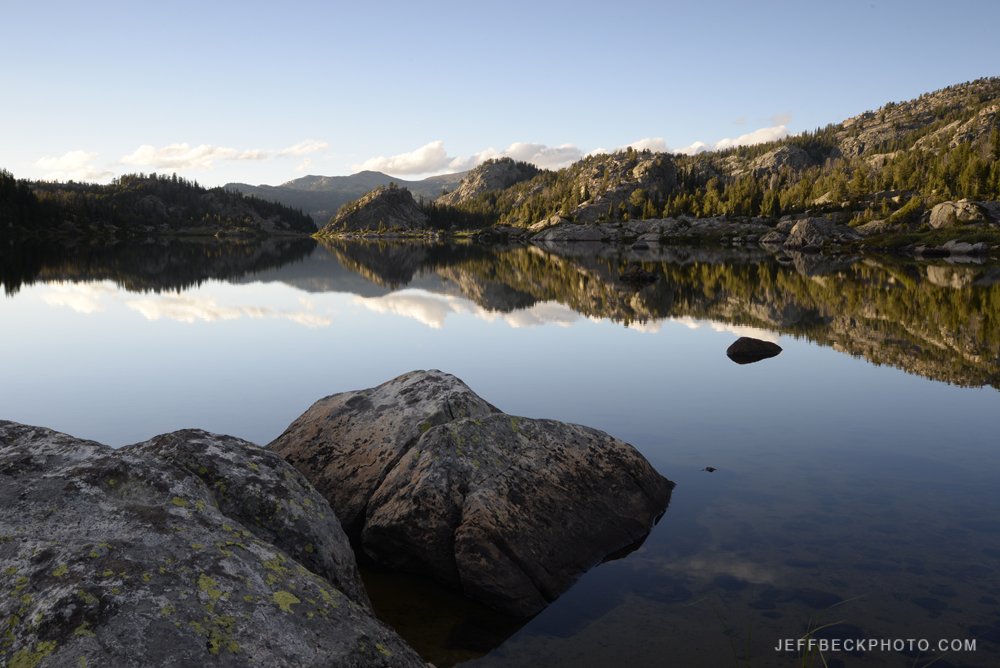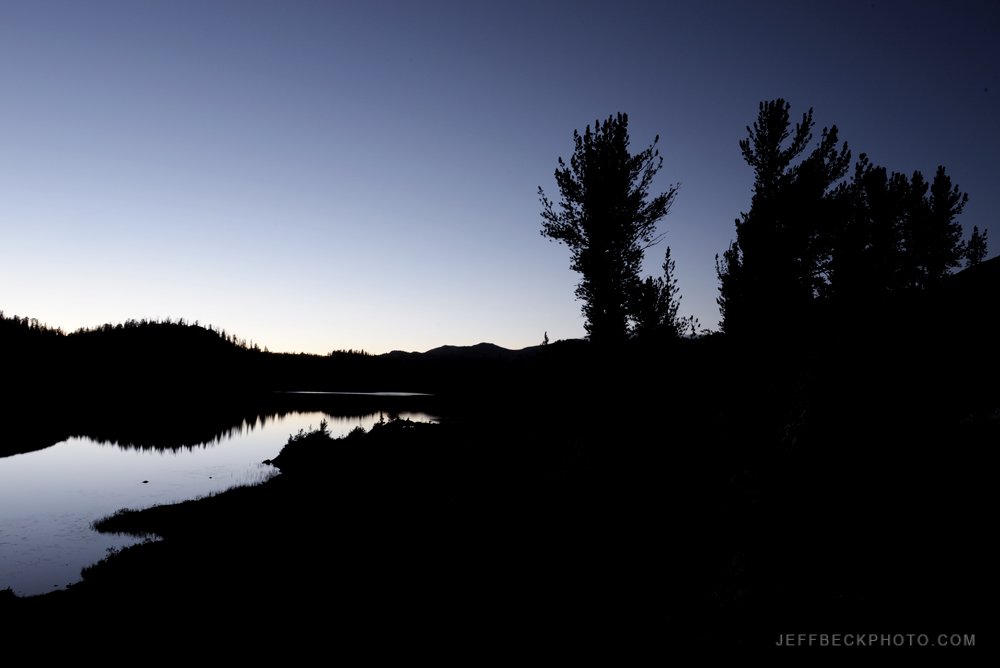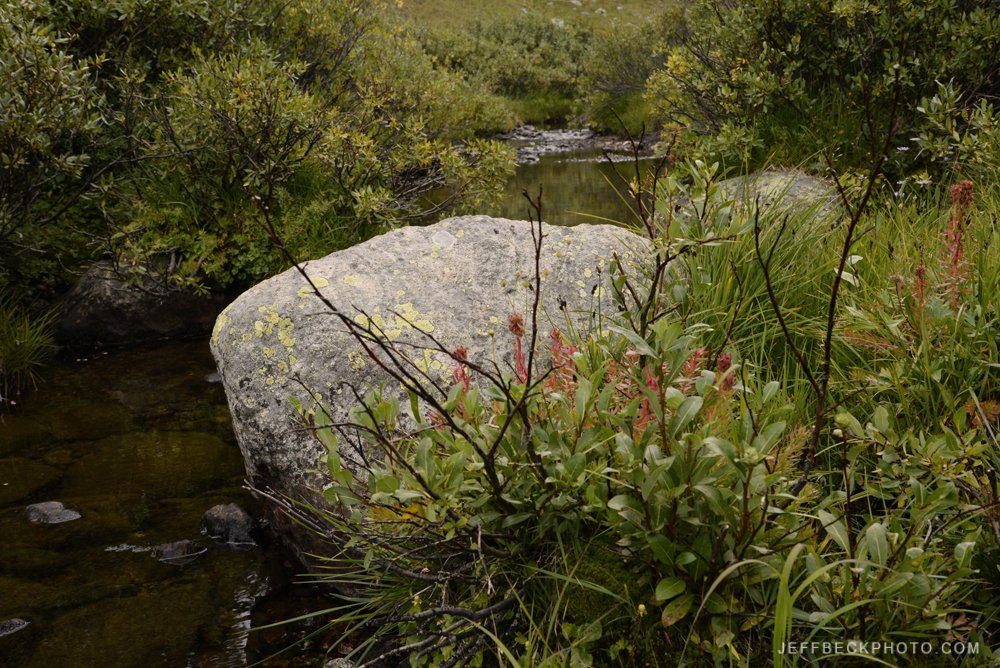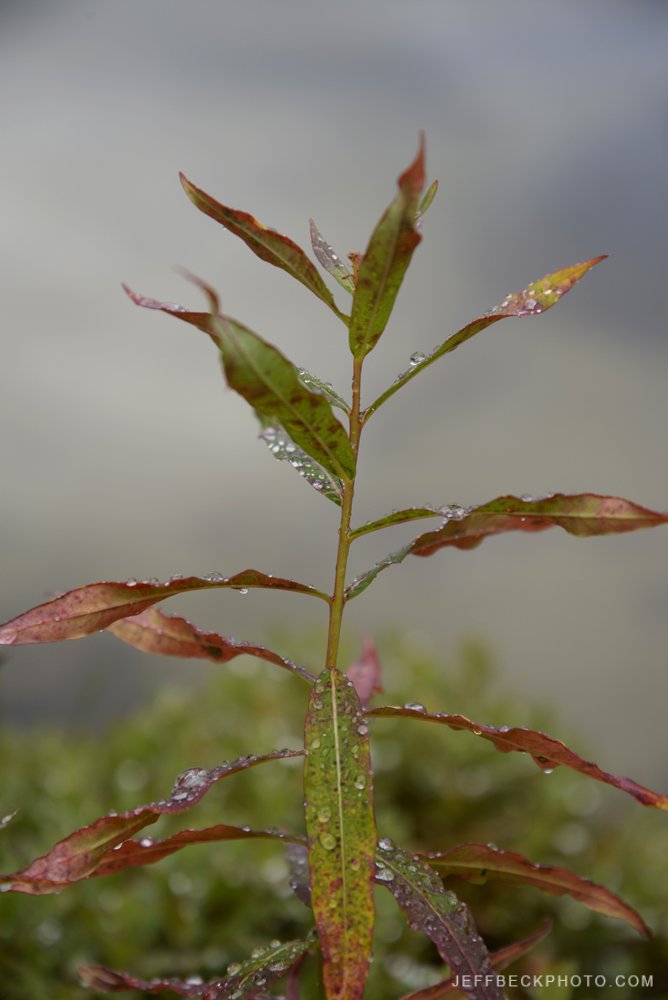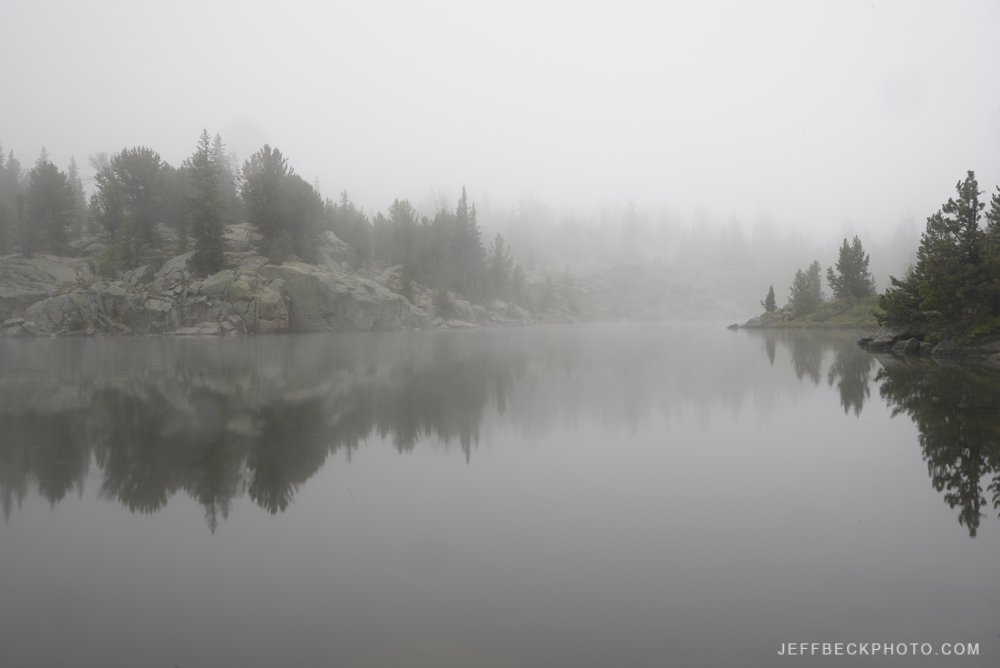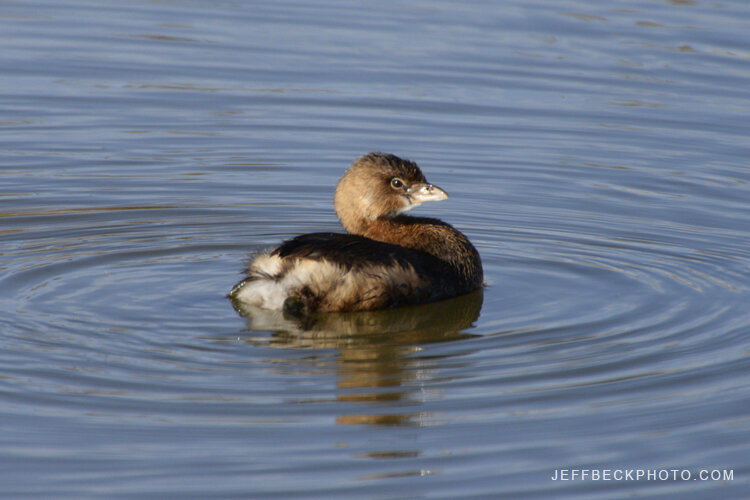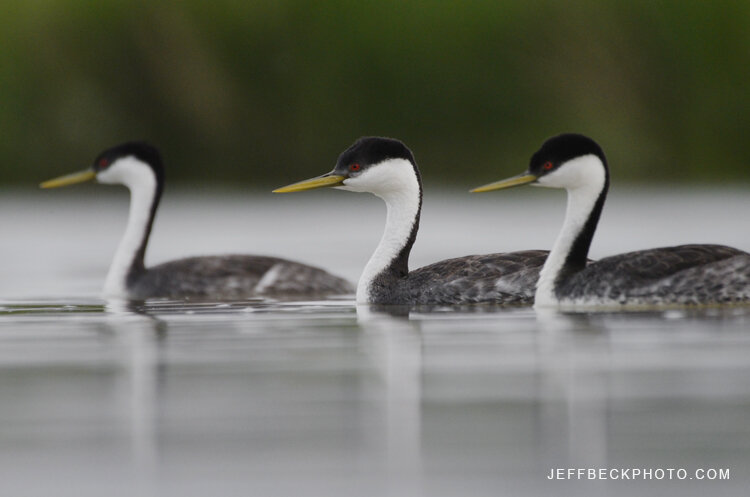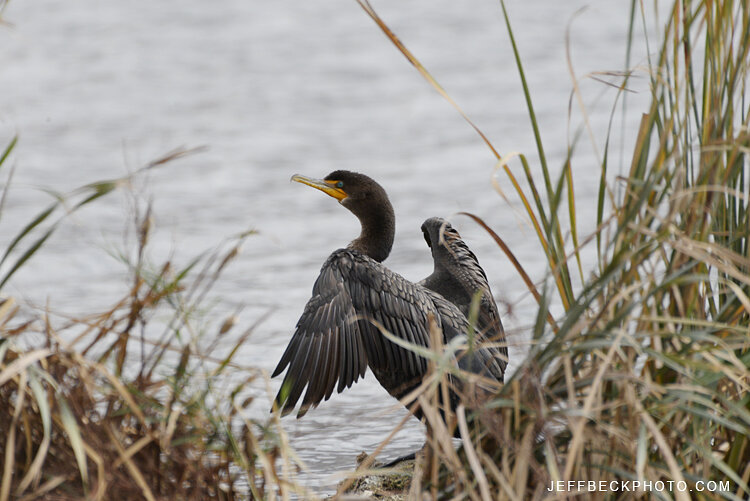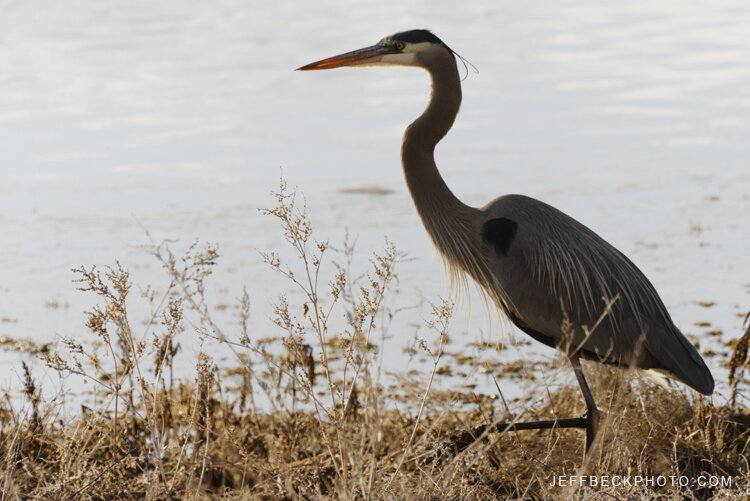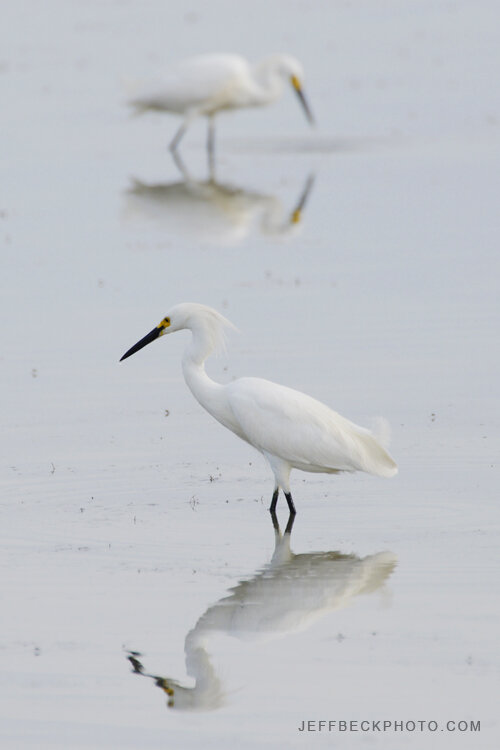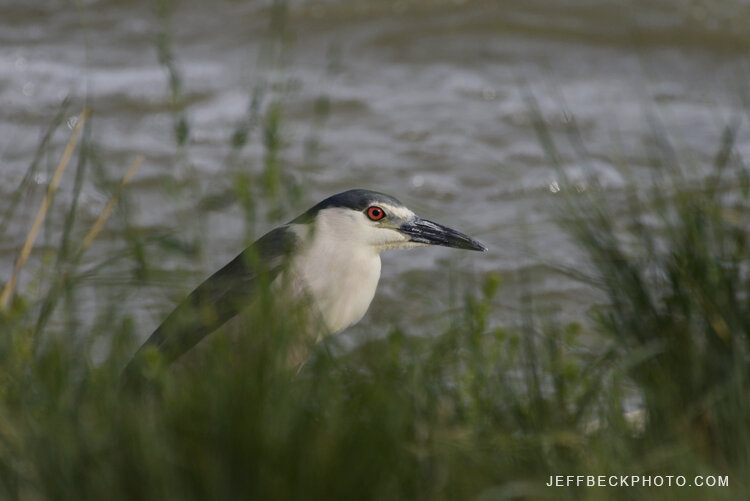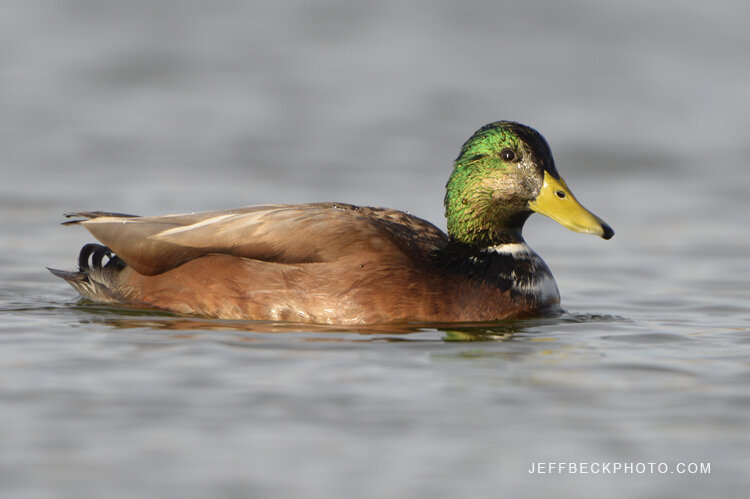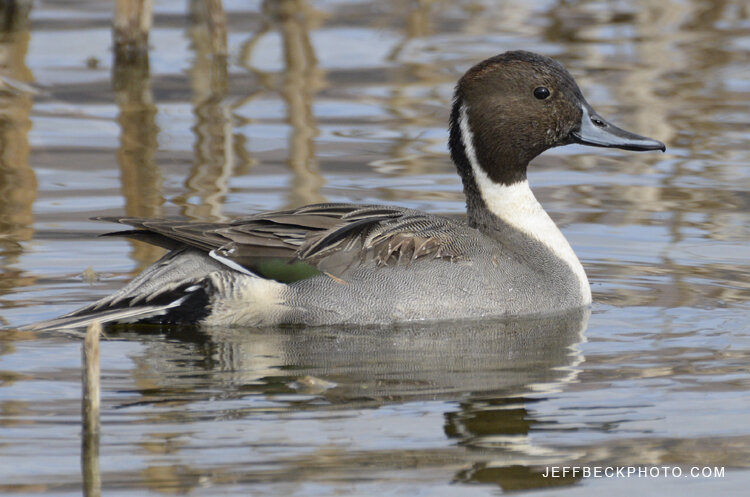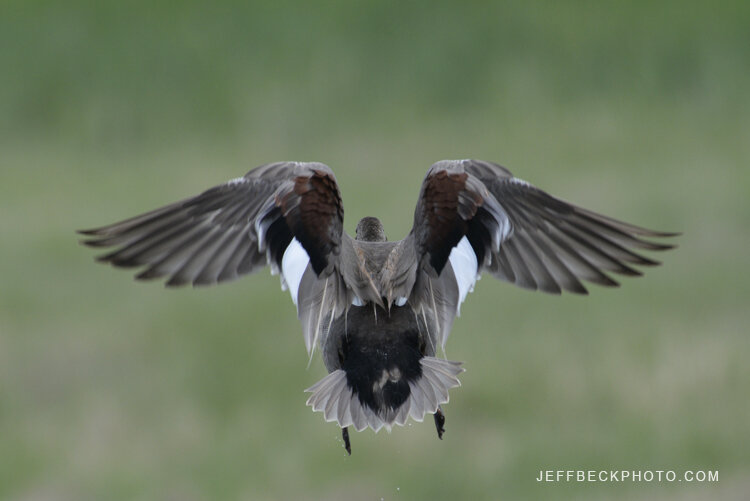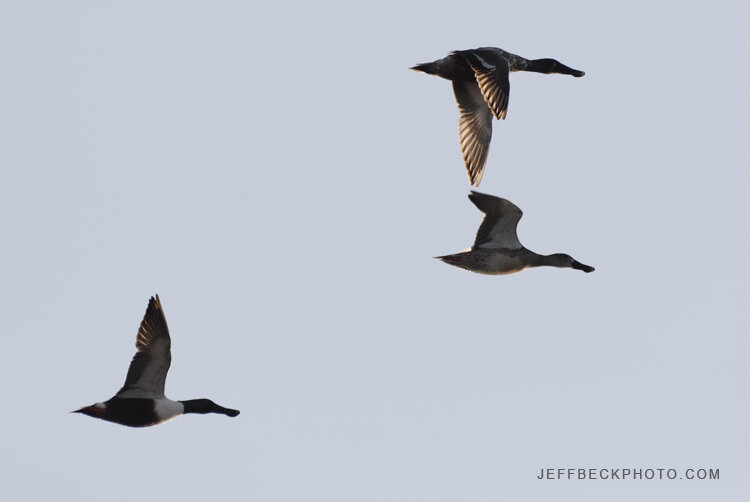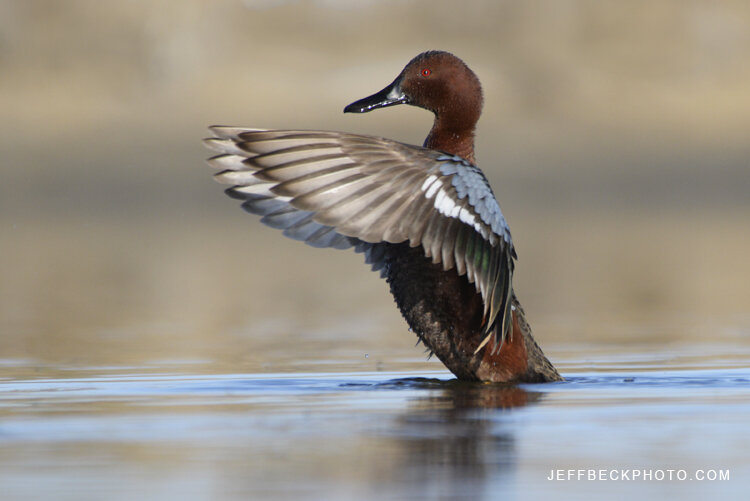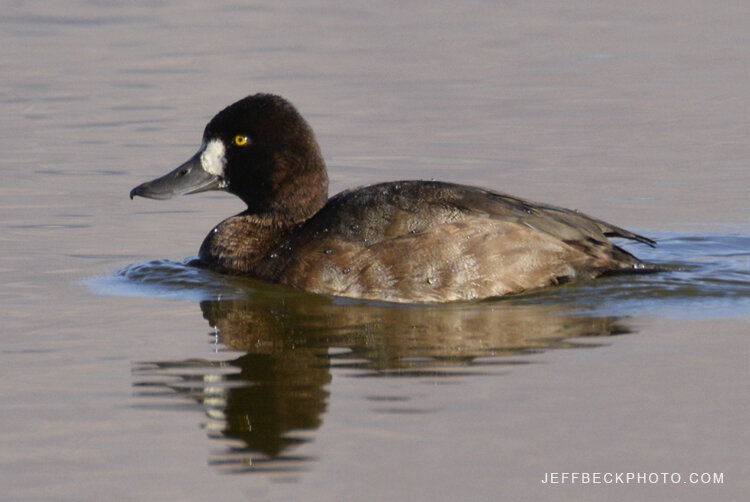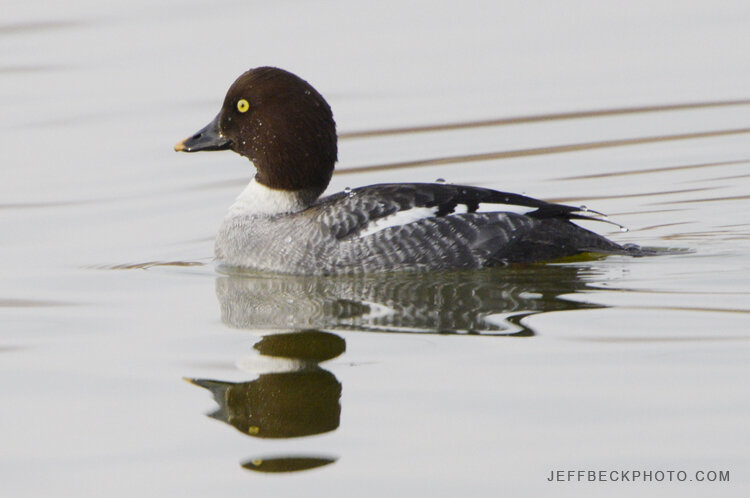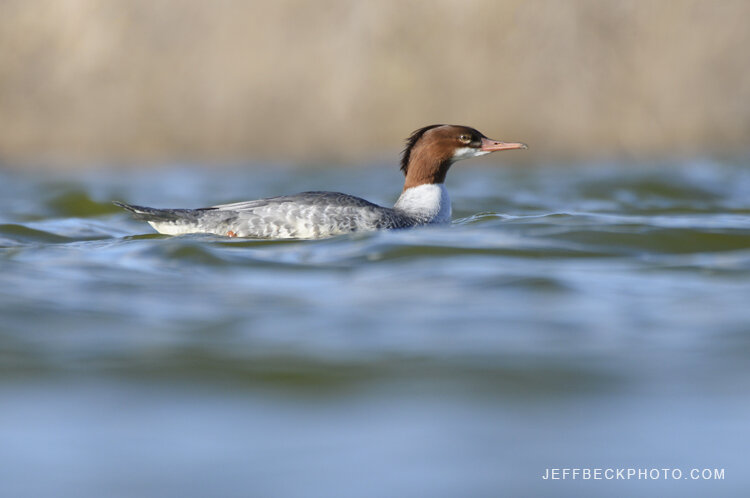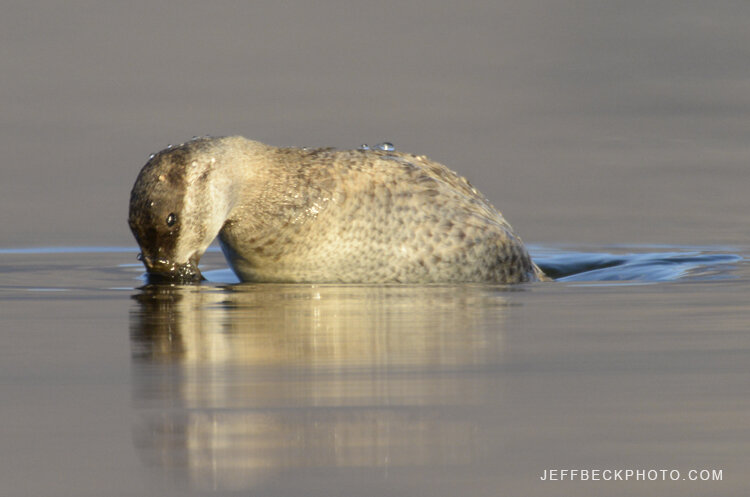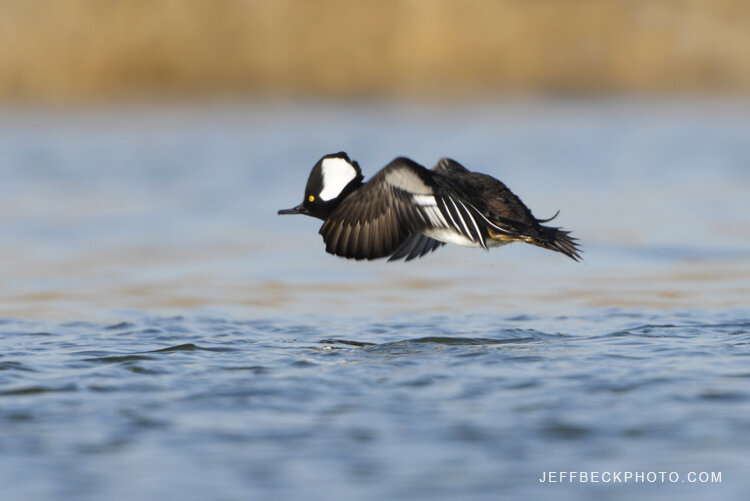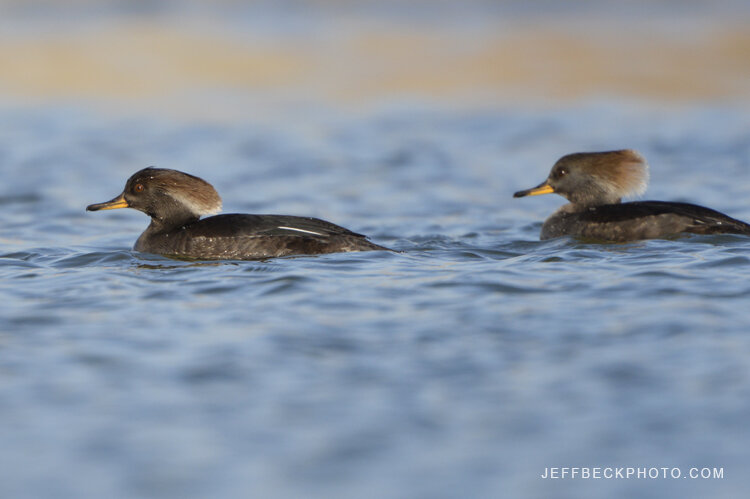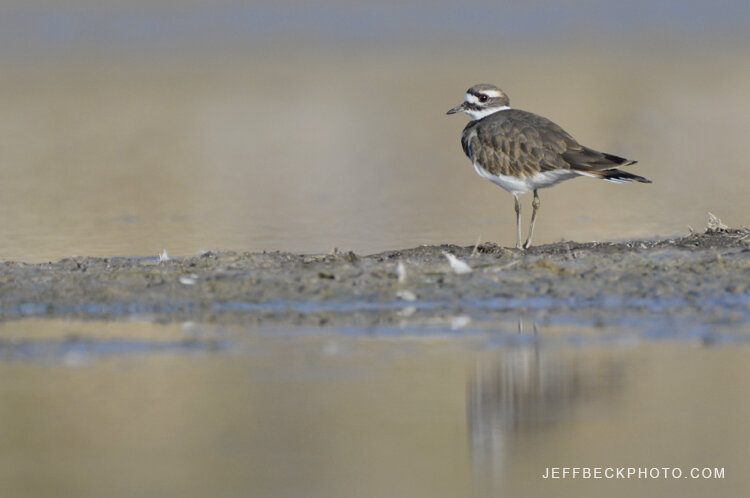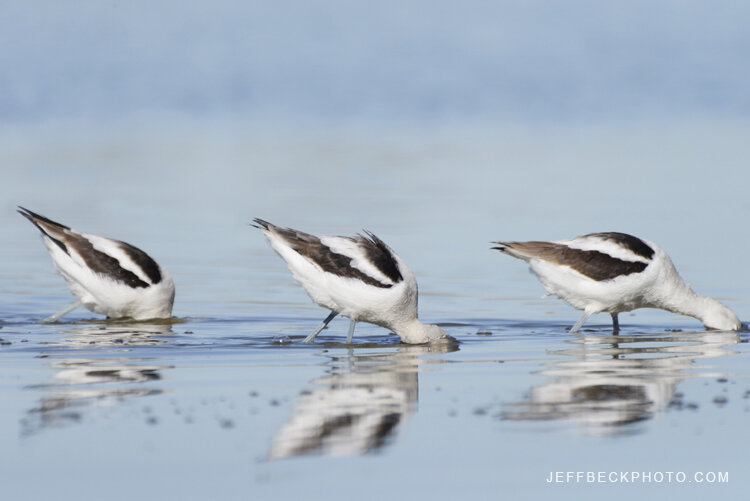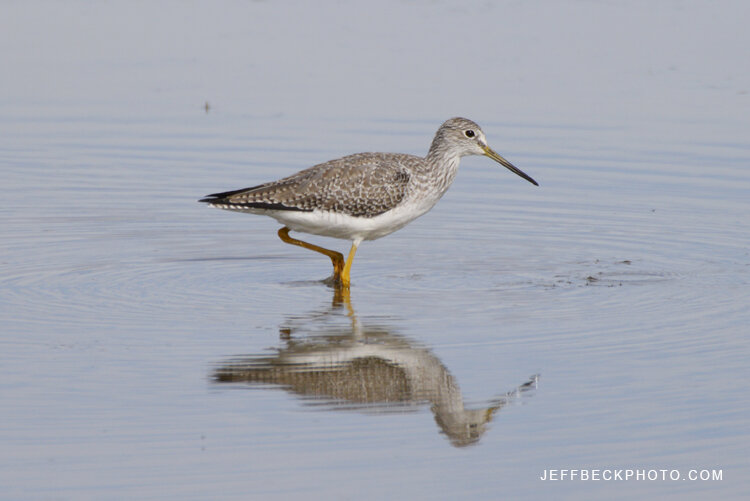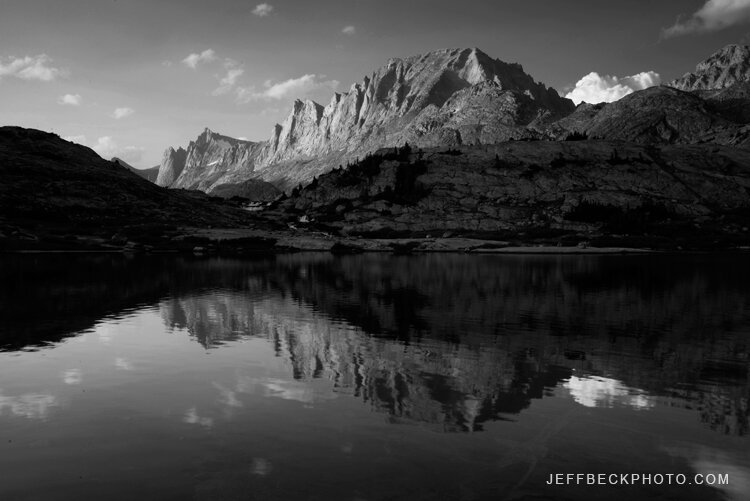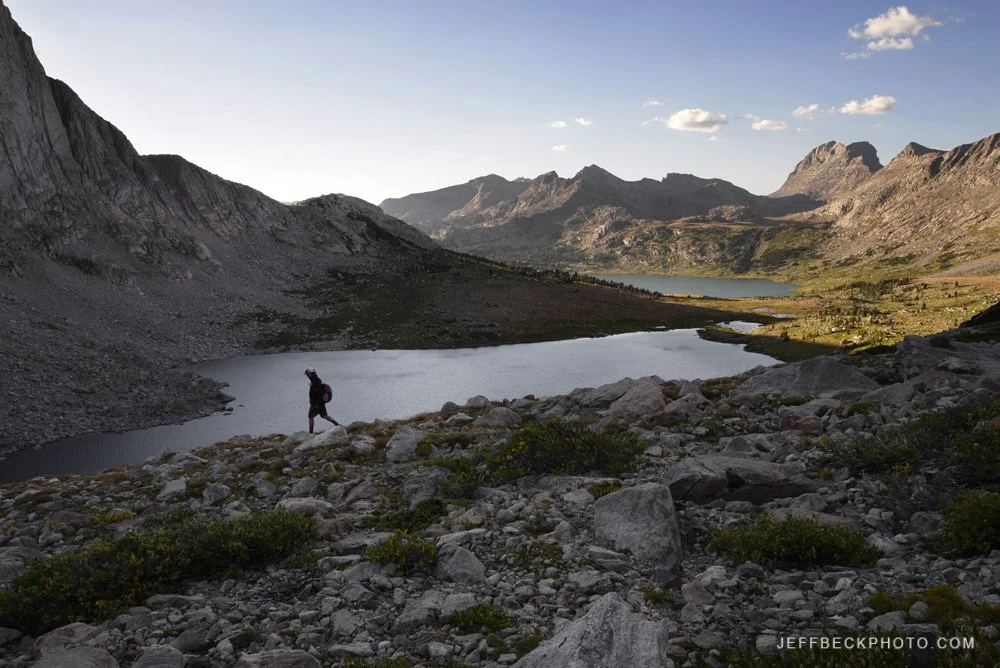Last sunlight on the canyon floor.
Last November I had the great pleasure of revisiting, for the first time in over 15 years, the Left Fork of North Creek in Zion National Park, what is for me, the seminal landscape. This landscape, this canyon in particular, inspired me to become a landscape photographer. It’s also a place where I learned a lot about photography, an often painstaking process with film.
Not sure if this is Scarlet Monkeyflower or Crimson Monkeyflower blooming in November.
The Subway top-down route is an introduction to canyoneering. It’s more than a hike; it requires off trail navigation, swimming through cold pools, and a few short rappels. It requires a little bit of gear and the better part of a day. In fact, I’ve hiked out in the dark more often than I’ve hiked out in the light, and this trip was no exception. This time it was mostly due to the lack of daylight in November, rather than an overly late start or poor navigation. Photography did slow us considerably though.
Keyhole Falls
It was a slightly inauspicious start to the day, the morning of the hike, when I struggled to procure coffee in Springdale, before picking up the permit at the Zion visitor center wilderness desk, where the ranger was visibly annoyed with us. Note: When obtaining a Zion National Park canyoneering permit from the daily lottery, even though you must go in to pick up your permit in person, it makes things go more smoothly if you accept and pay for the permit online in advance of showing up to the counter. That was the first reason the ranger was annoyed with us, then, when her second question was, “Wetsuits or drysuits?” and our answer was, “neither”, her disdain was apparent. “You won’t have any fun.”
Hallowed halls and scalloped streambed.
…”It’s been freezing overnight and even though the forecast for Zion is 60 degrees today, it’s not going to be that warm where you’re going.” Her warning was certainly making me second guess our objective. Maybe we should just hike up from the bottom to see the Subway and avoid the swimming up-canyon. Nah, we came to do the top-down route. We knew we were going to be up against some cold water. Let’s go for it, we’ve got a good forecast and drybags to keep our warm clothes dry.
Glowing light in the Subway.
That water was possibly the coldest I’ve ever submerged my body in. We did see thin sheets of ice in the still water just upstream of the mandatory swim. Feeling came back after ten or fifteen minutes. We did opt to climb up and crawl across the muddy ledge to bypass an additional swim just down canyon, but we did have fun. The mandatory exposure to cold water is short enough that warm dry clothes afterwards were enough for us on this lovely November day. But, I get it, I’m sure the park service is sick of constantly having to rescue boneheads from the backcountry.
From the core to the sky.
I’ve lost track of the exact number of times I’ve hiked the Subway, but it’s got to be close to a dozen. There were a few firsts on this trip. It was the latest in the year I’ve ever made the trek; I’ve been through in October before. It was also the first time I’d ever done this hike with just one other person. As it turned out, we were the only ones to go top-down that day and as a reward we had the canyon to ourselves all day.
Magic
It was also the first time, while getting the permit, the ranger asked if we had rope, helmets, harnesses, dry bags, wag bags, and headlamps. It was also probably the first time I could answer yes to all those questions. Every other time but one, I’ve used a handline for the drops, I’d never brought a helmet before, and I was unaware of the existence of the wag bag in my early days running the Subway.
That famous Subway crack.
The one thing about the canyon that had changed dramatically since the last time I’d been there, and really every other time I’d been through, was the deep pools in the Subway, behind the Subway, and below Keyhole falls were completely filled with sand. Large pools, that were more than four feet deep in some cases, were completely filled with hard packed sand with an inch or two of water flowing over the top.
Resistant block.
After leaving the Subway it took us nearly an hour to travel the next quarter mile as we relished the evening light and the tasty scenes. Every new perspective demanded to be photographed. And it wasn’t just me this time, in fact, I had to keep dragging Nikcole away from these beautiful scenes. I knew we had a long way to go, but I had forgotten how rugged the lower canyon is. You’re constantly crossing the stream, going over, around, between, and under boulders and logs. Bomber trails are few and far between and often climb needlessly, only to deliver you back to the stream.
Archangel Cascades
Navigation went pretty well, I remembered the way in for the most part. We did end up on the wrong side of Russell Gulch at one point and had to drop down, cross, and climb back to the route, but we were only off course by a couple hundred feet, and easily got back on track without wasting more than a couple of minutes. Finding the exit in the dark was a little bit trickier. The ranger had warned us not to take the use trails that try to climb up too early and don’t go anywhere. Since I’ve had some first hand experience with that scenario, I was focused on staying at stream level, but we blew right past the exit. We must have been on the wrong side of the stream and didn’t see the sign in the dark. I’m assuming there’s still a sign.
Yeah, we’re going to be hiking in the dark.
Nikcole saved us from wasting too much time, with her All Trails app. When she checked the app, it said the trail was above us. I didn’t believe it. I wanted to press on because the rim looked too high, but the trail we were on quickly petered out. We backtracked to a large stream side carin and took a direct route up a steep rubble filled gully that had been well traveled but ended up not intersecting the actual trail till near the top. Next time, I’ll backtrack a little further. Car to car it took us about 9 hours 20 minutes to complete. I’m guessing there was at least 2 hours of picture taking. My kind of day.
Last flush of light on the canyon wall.

























